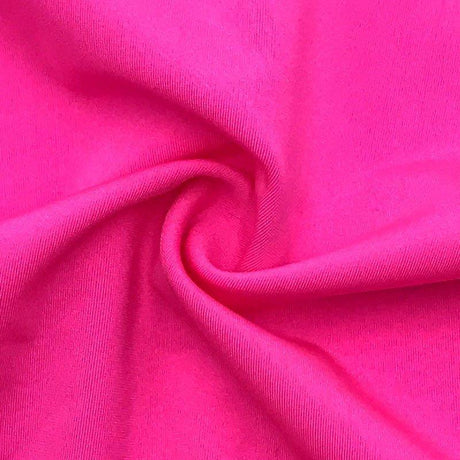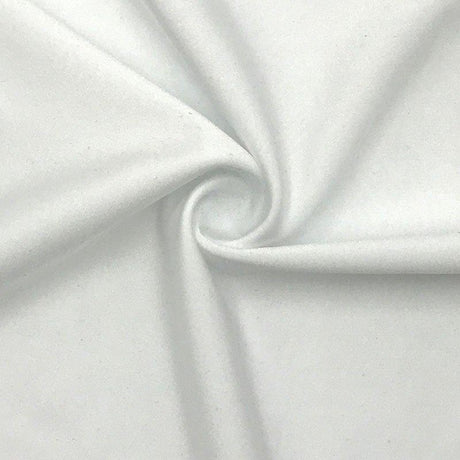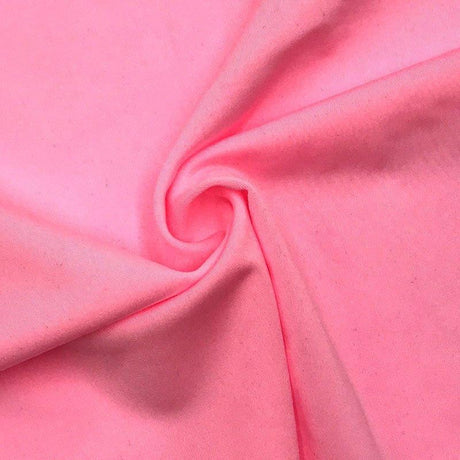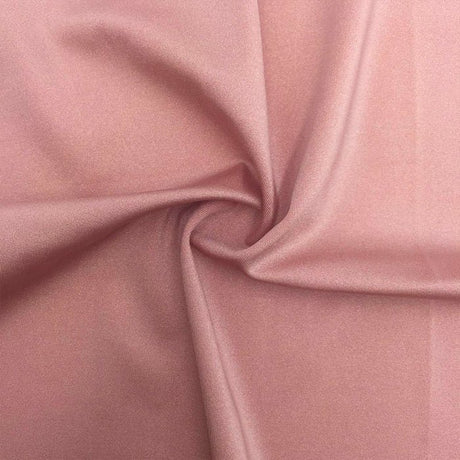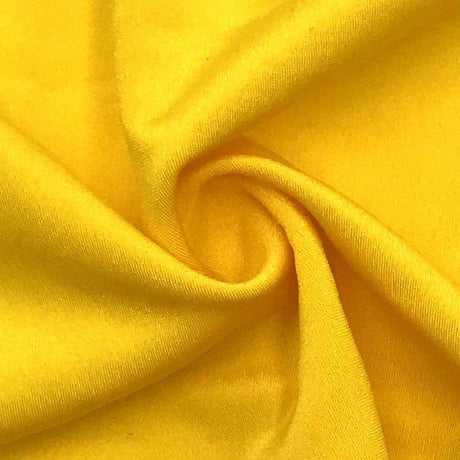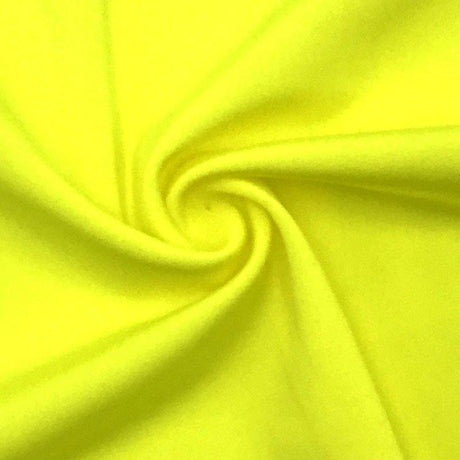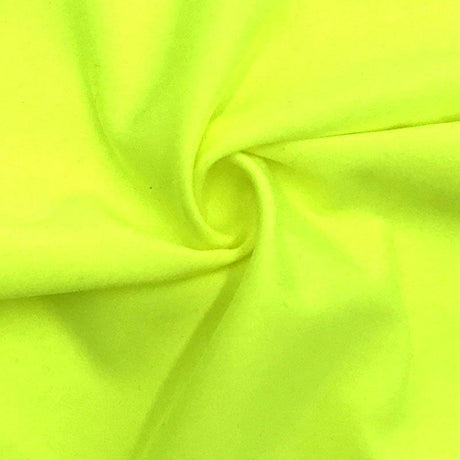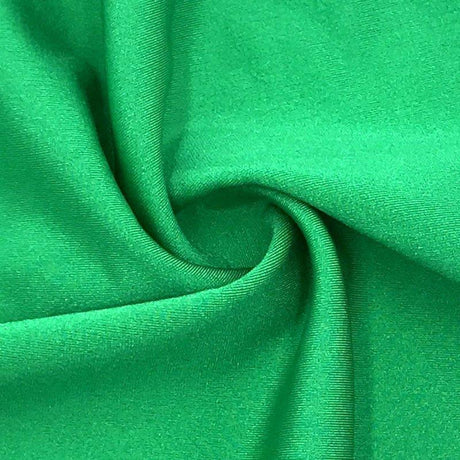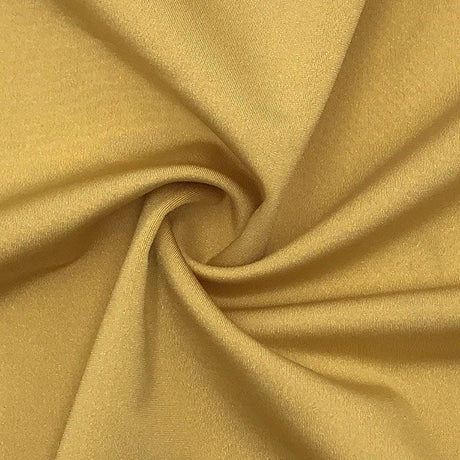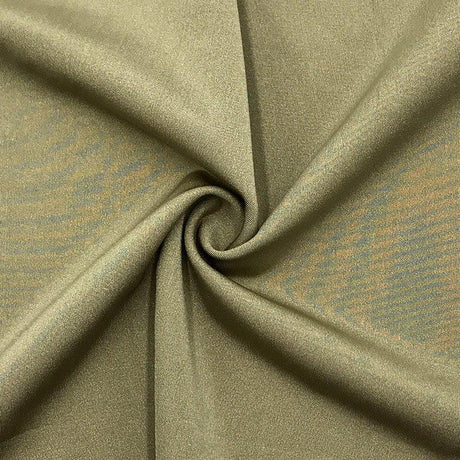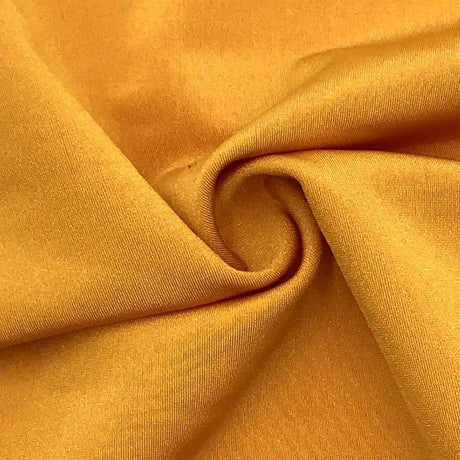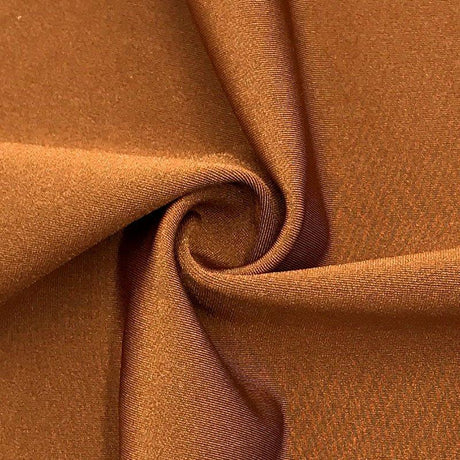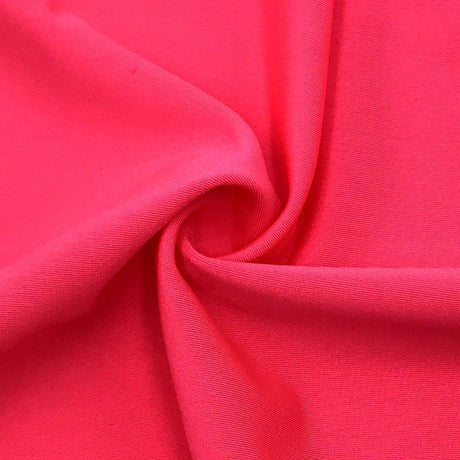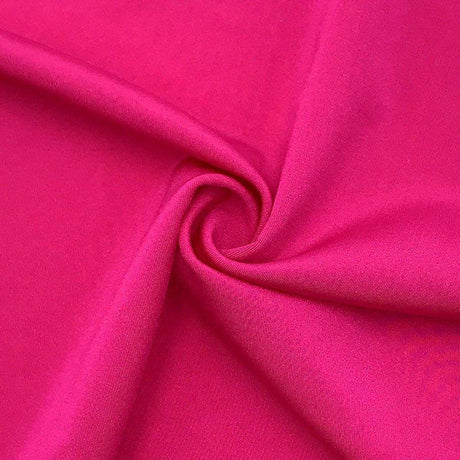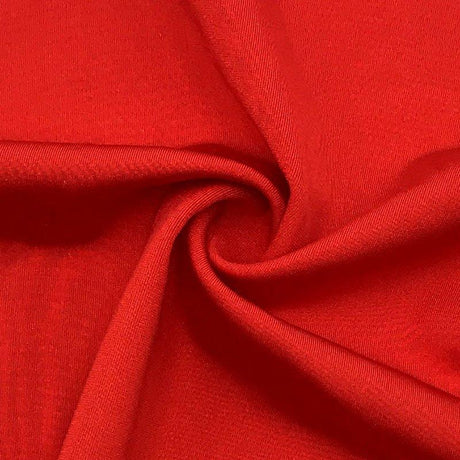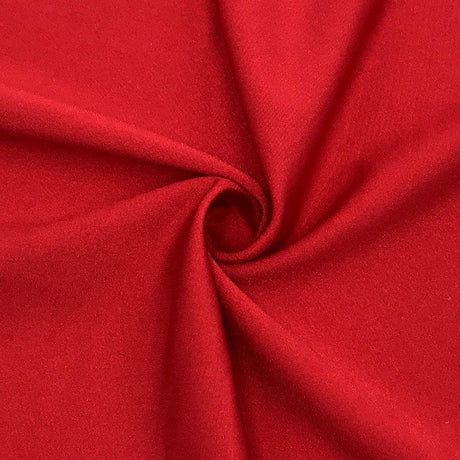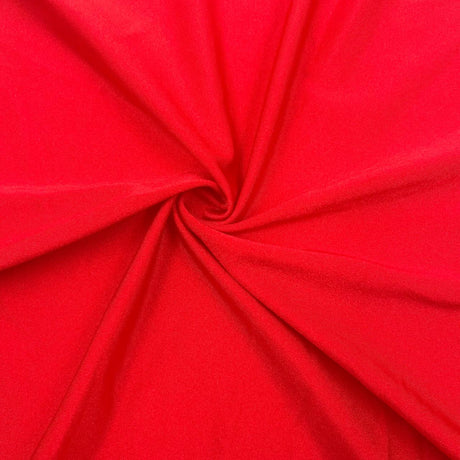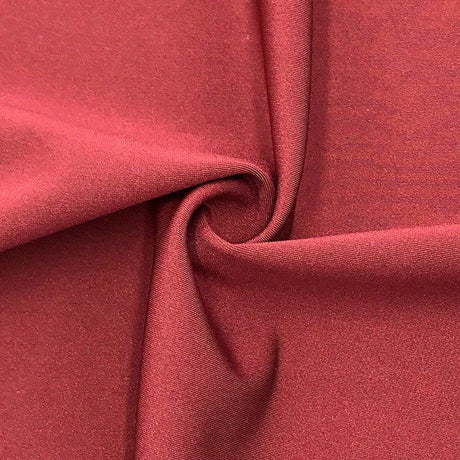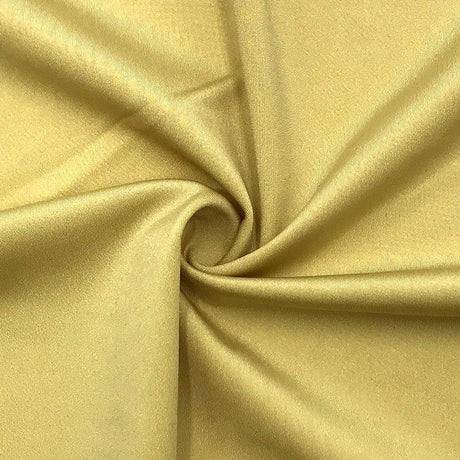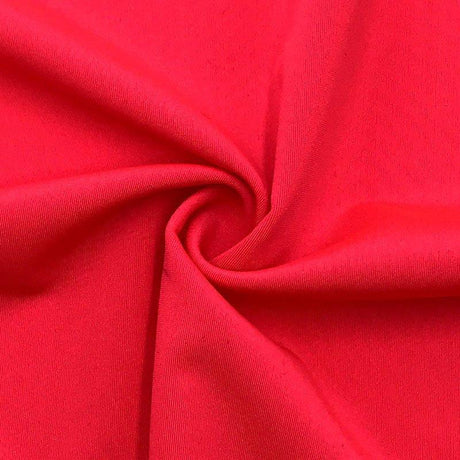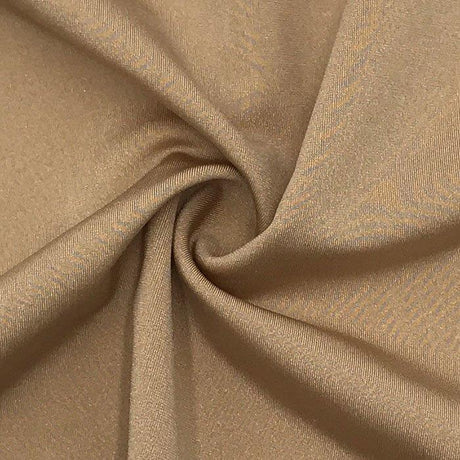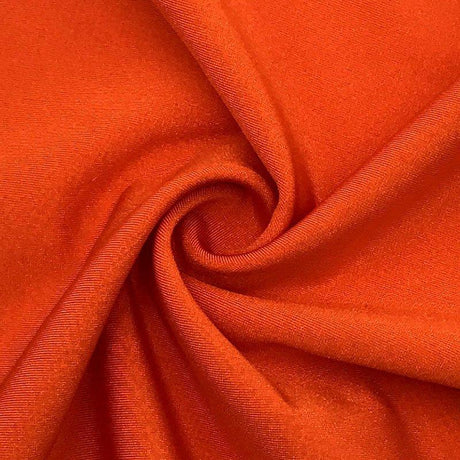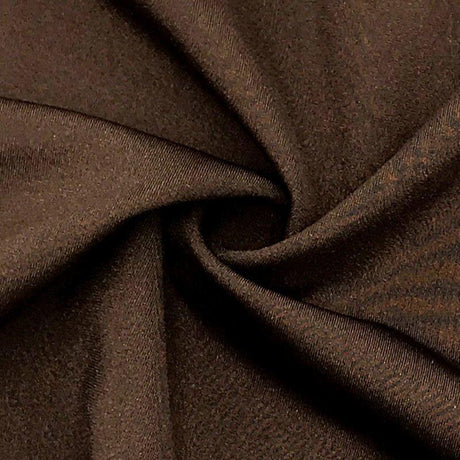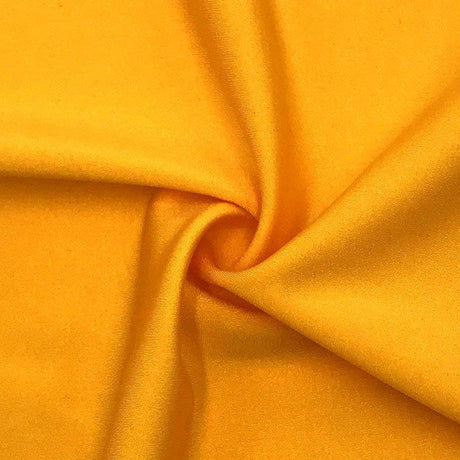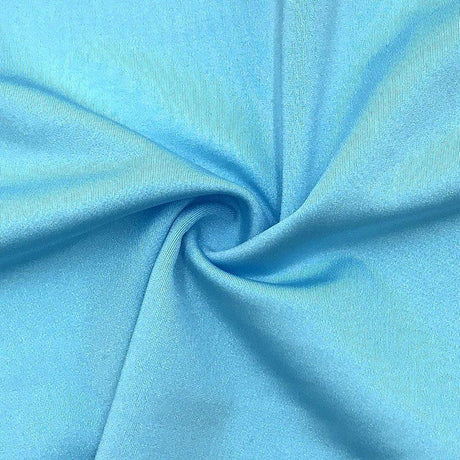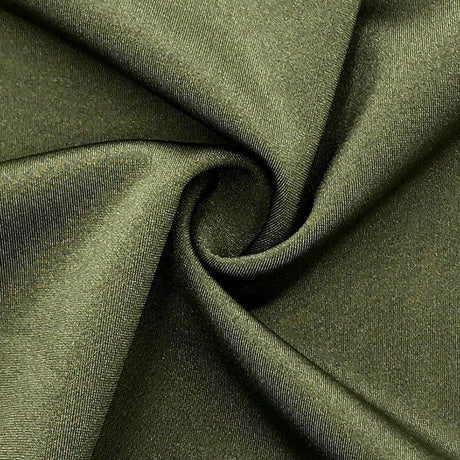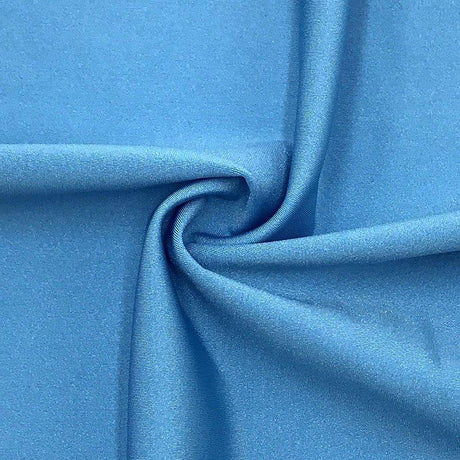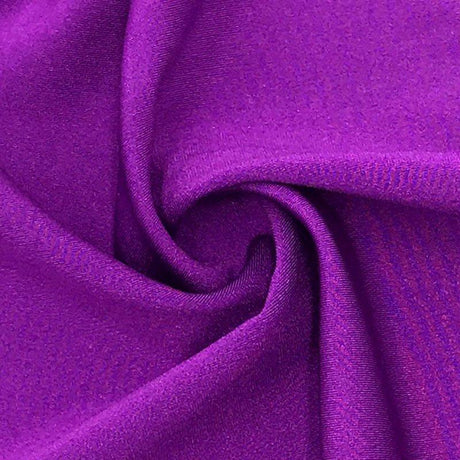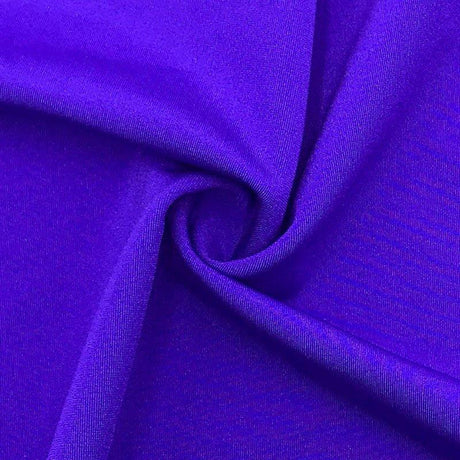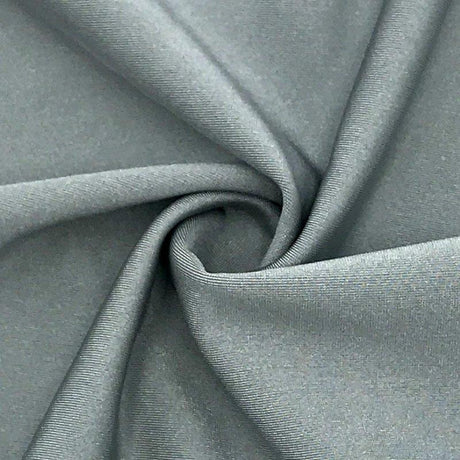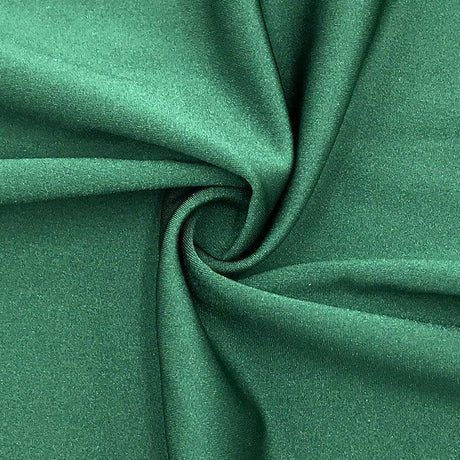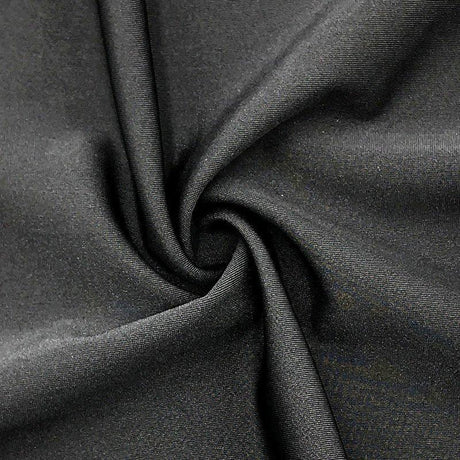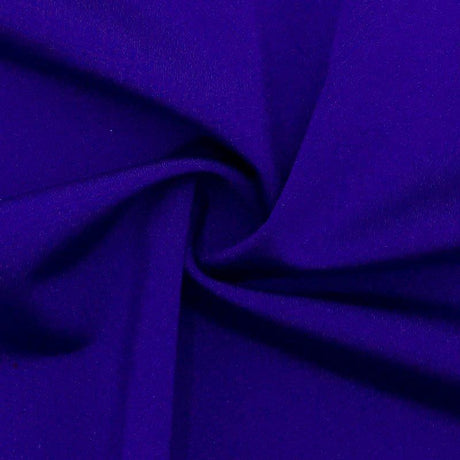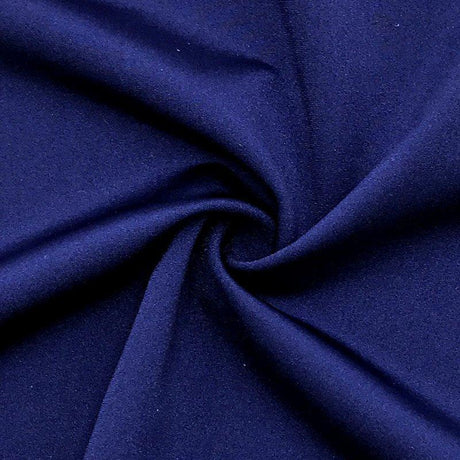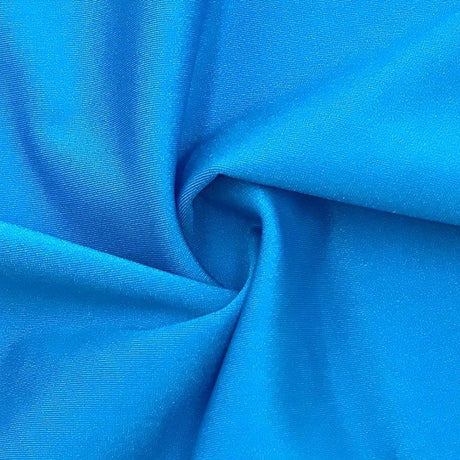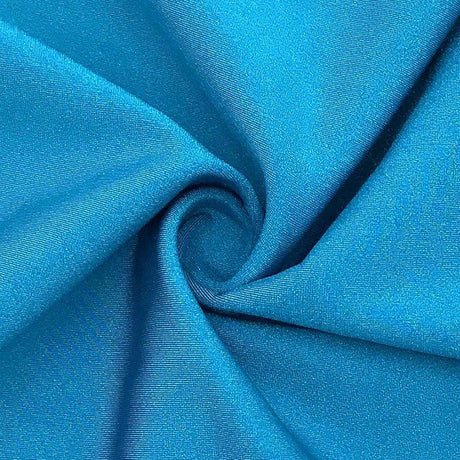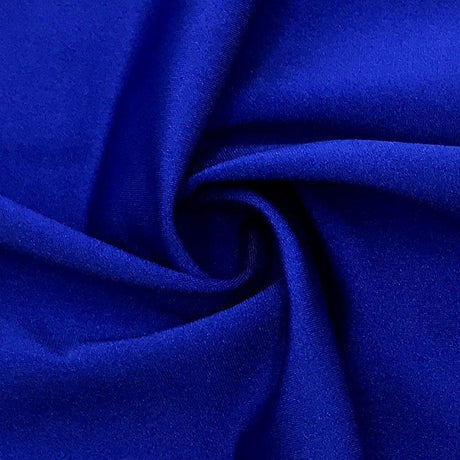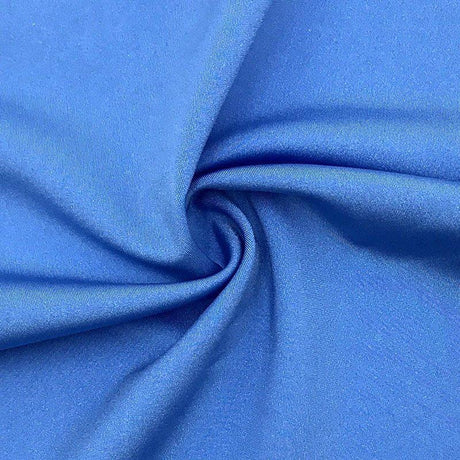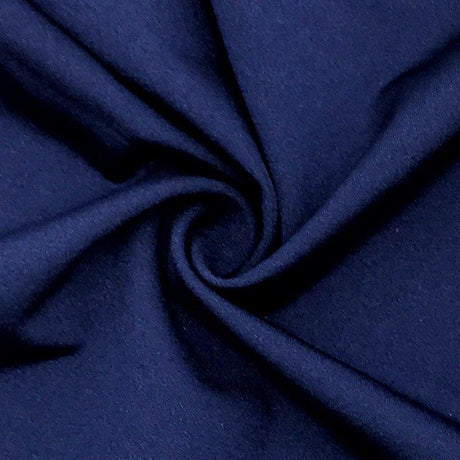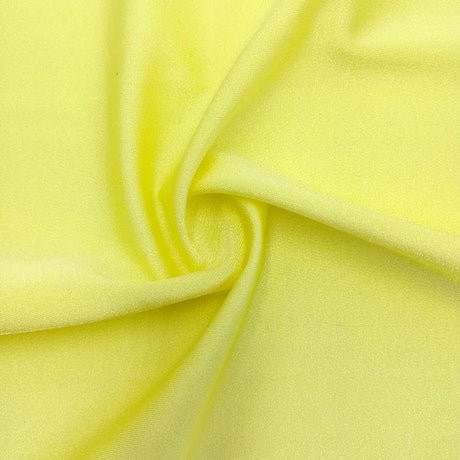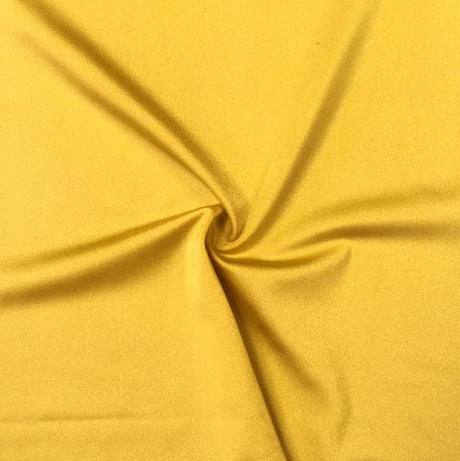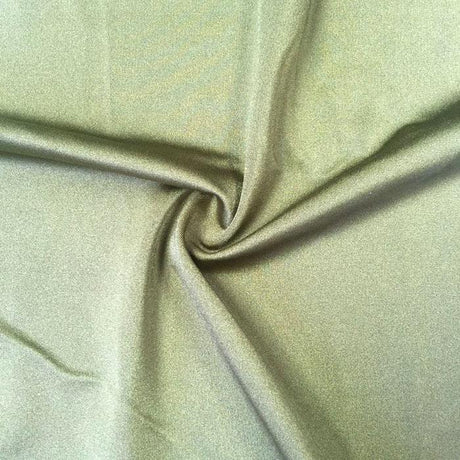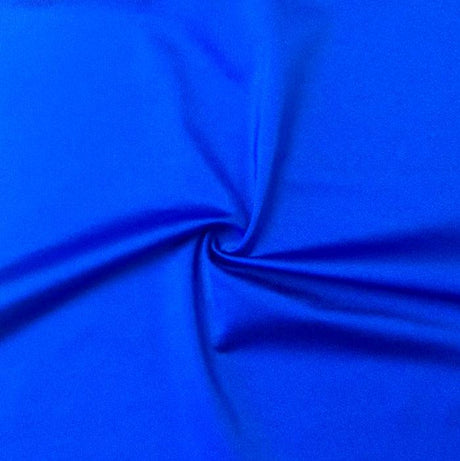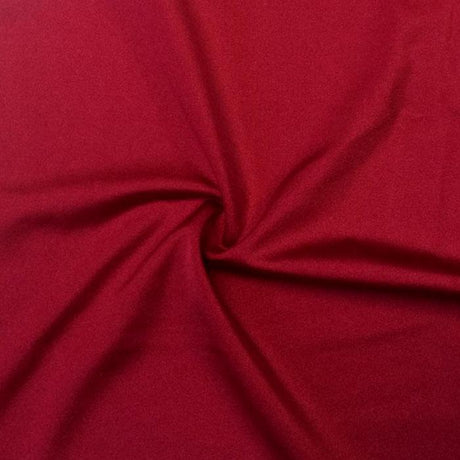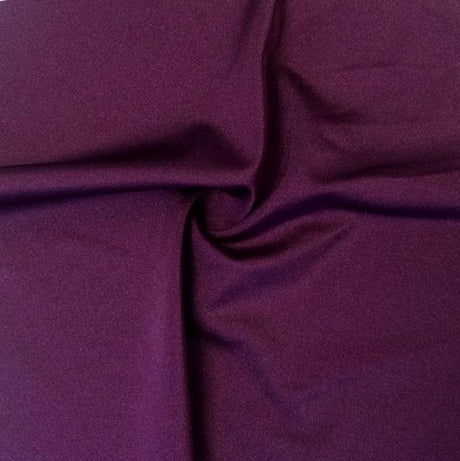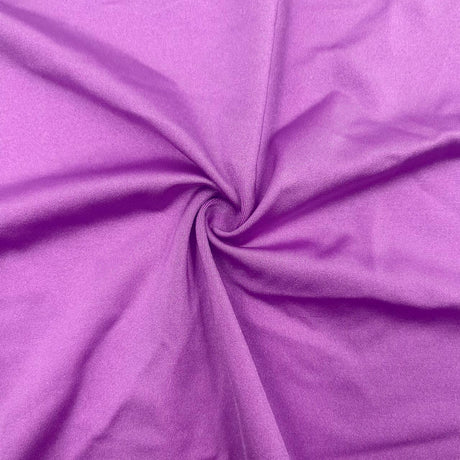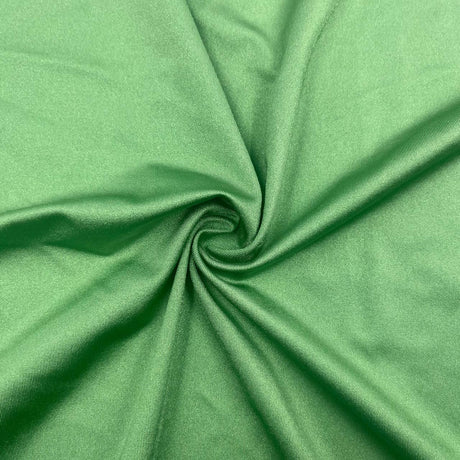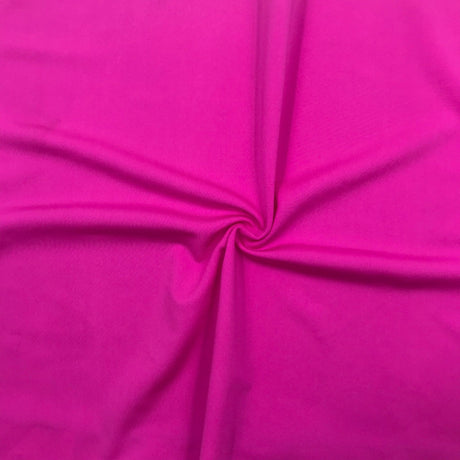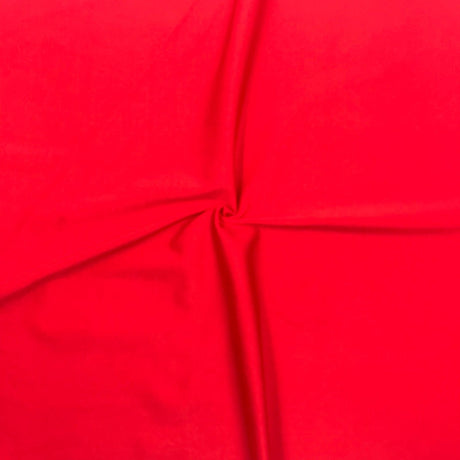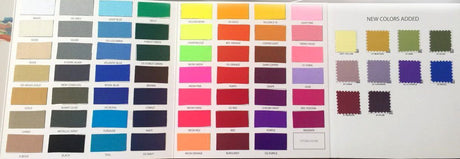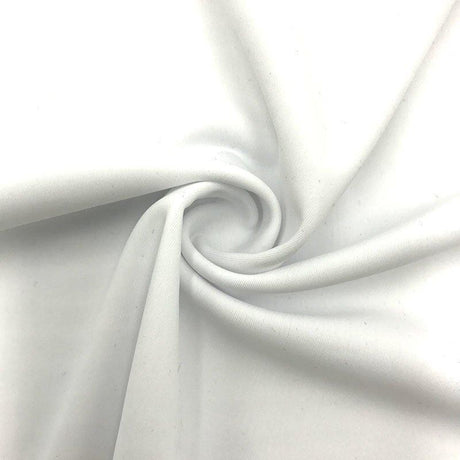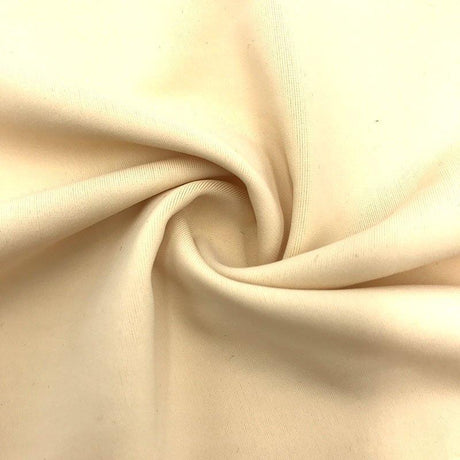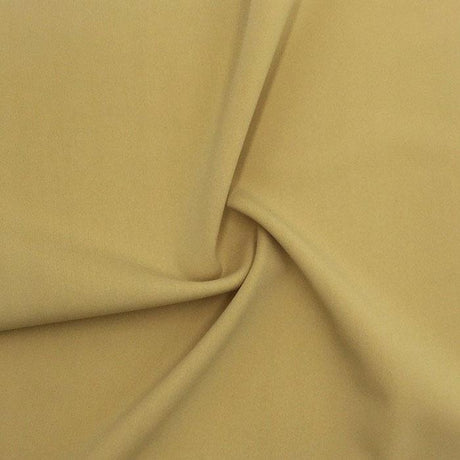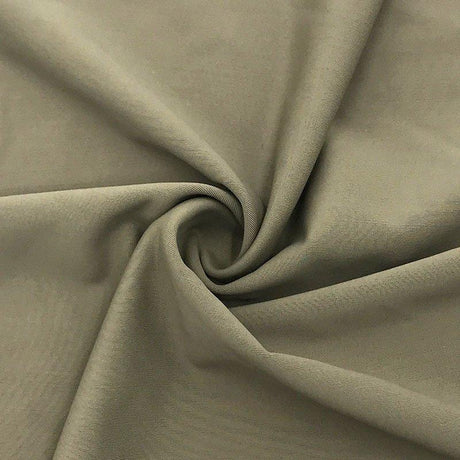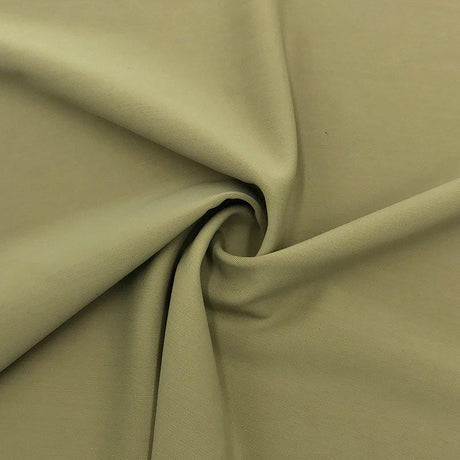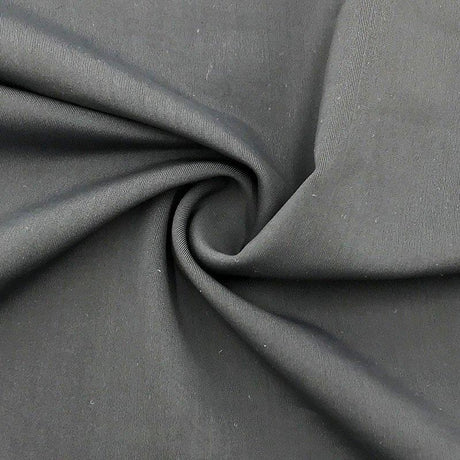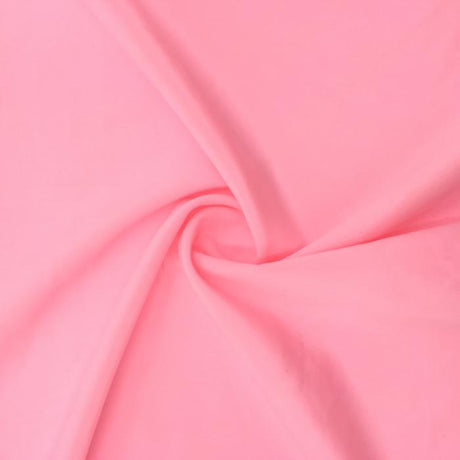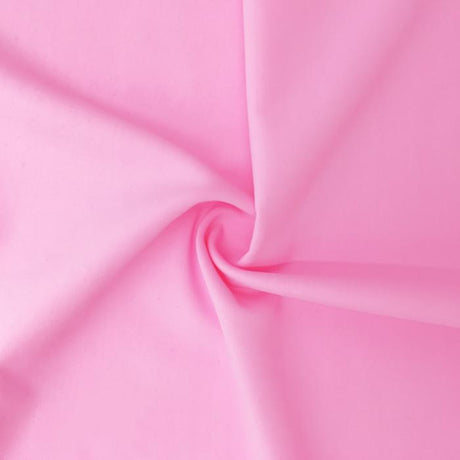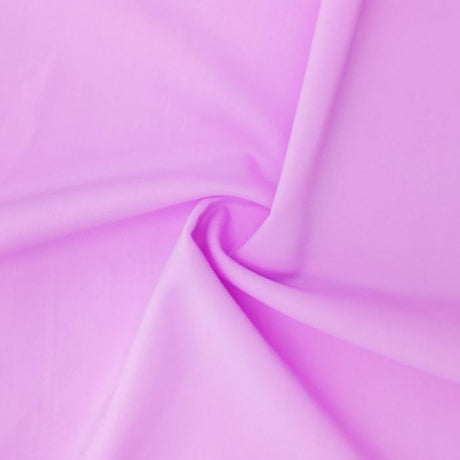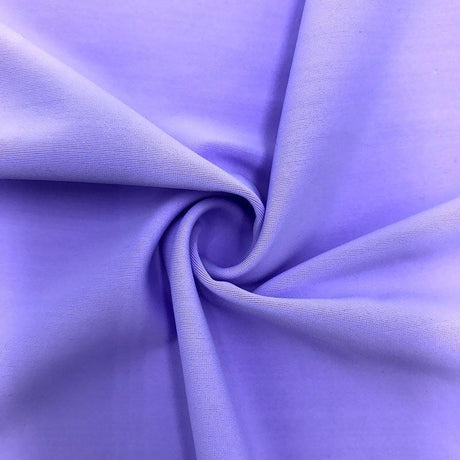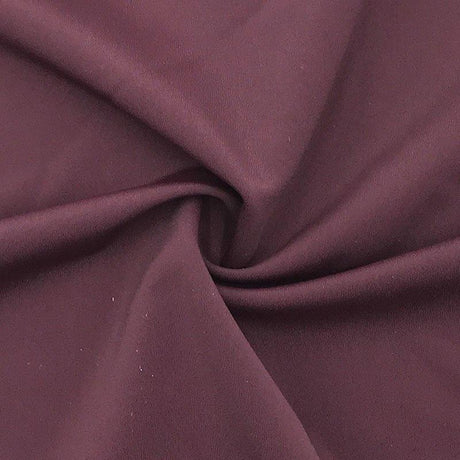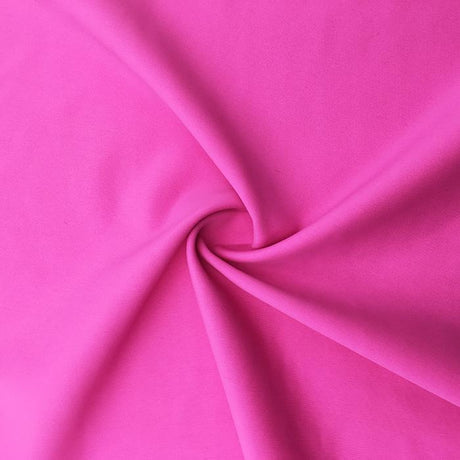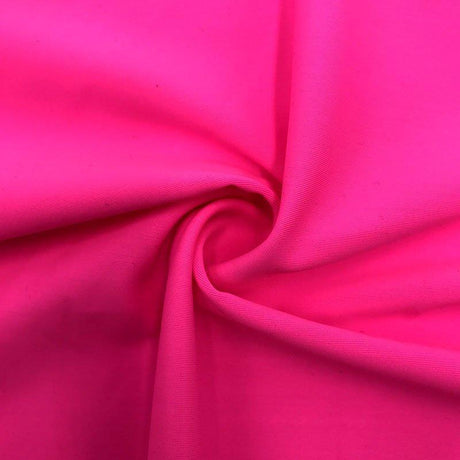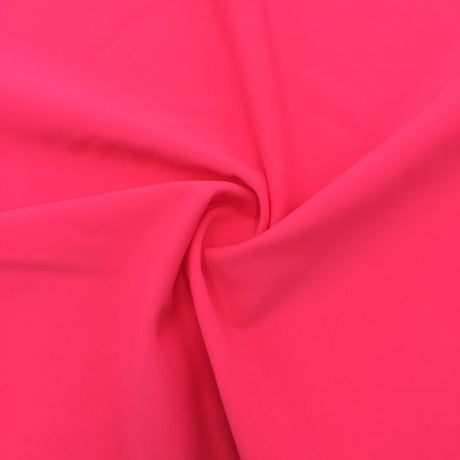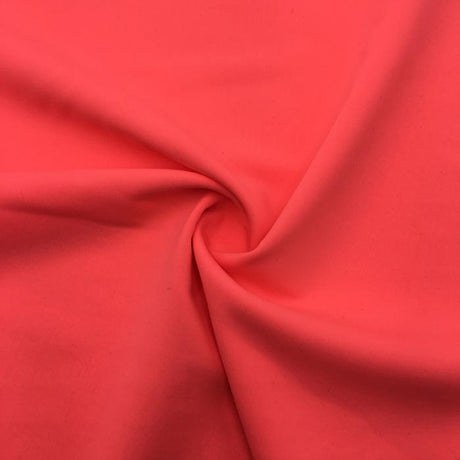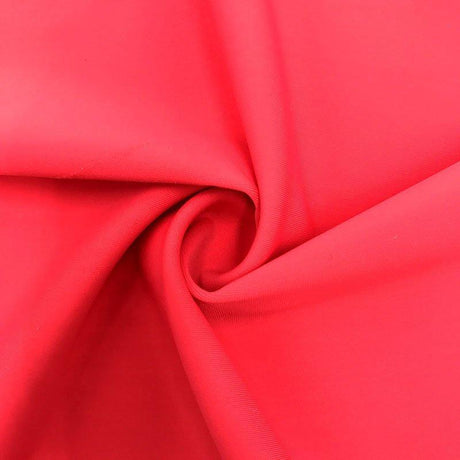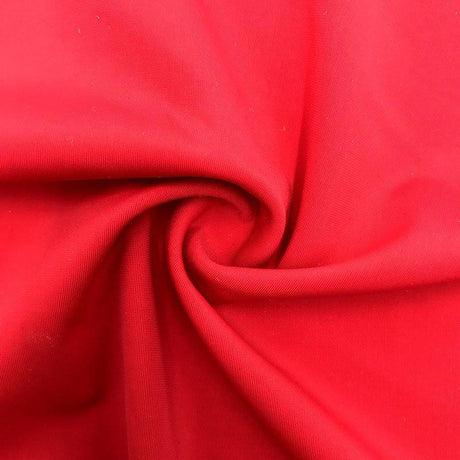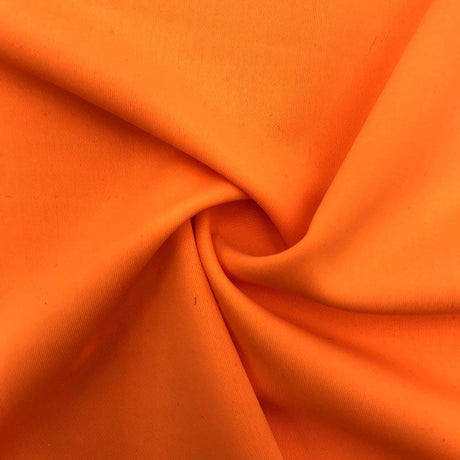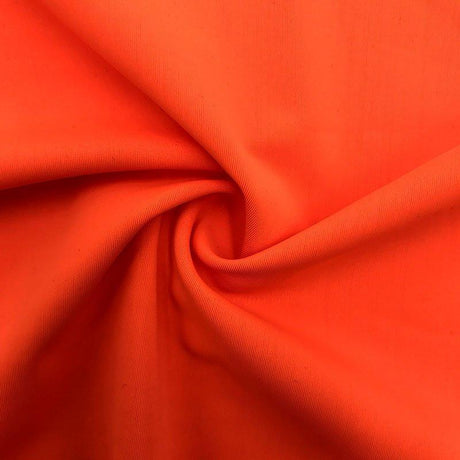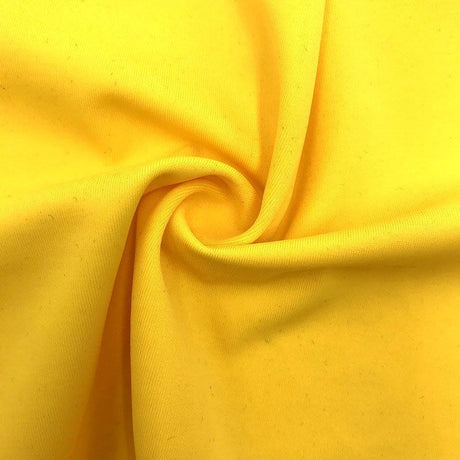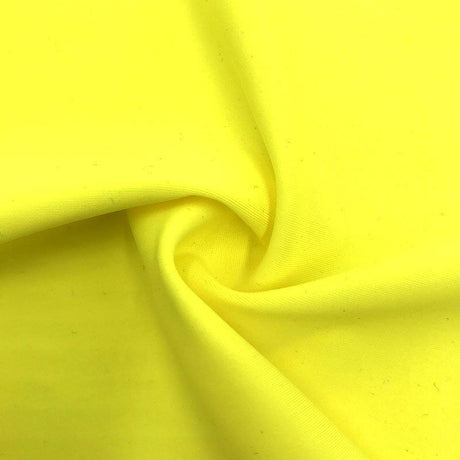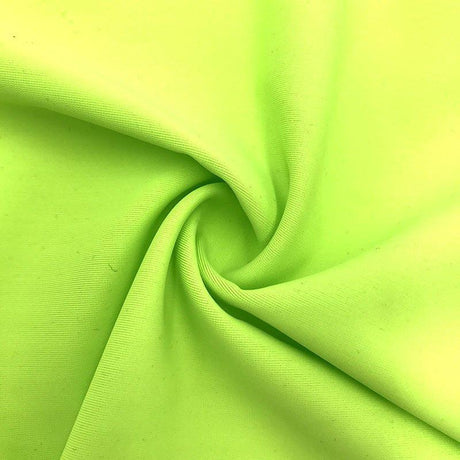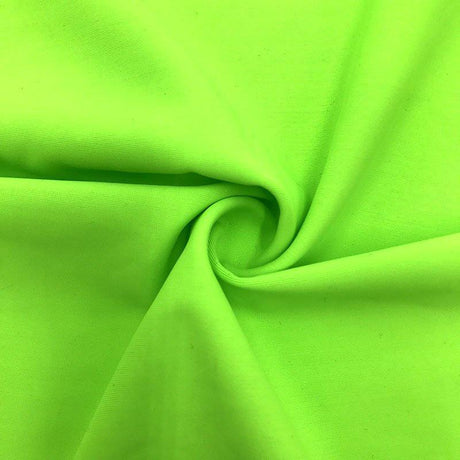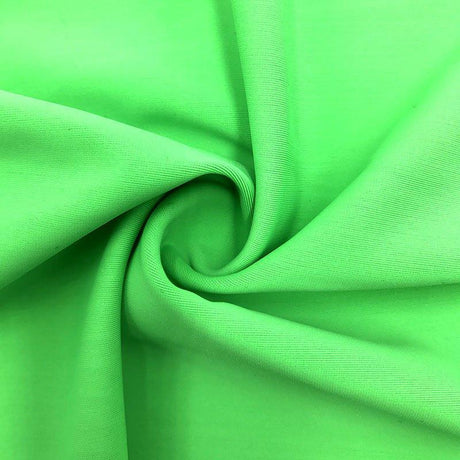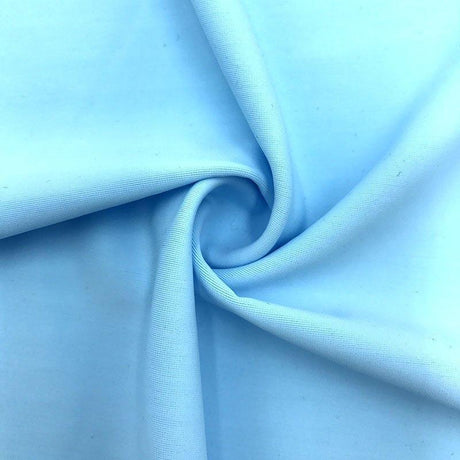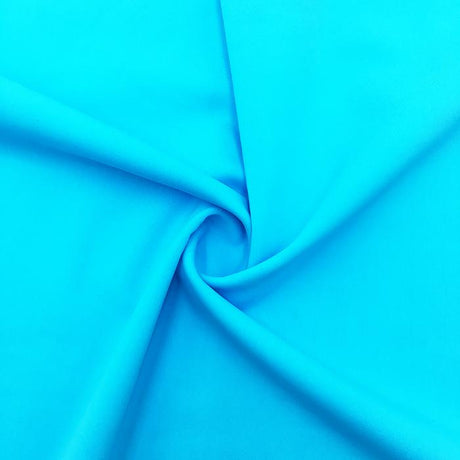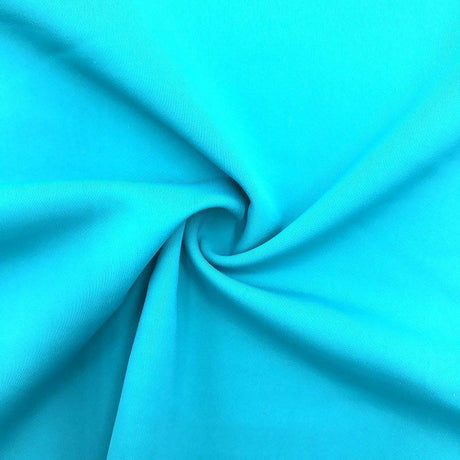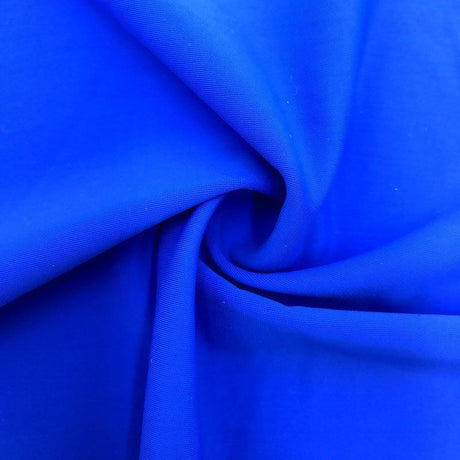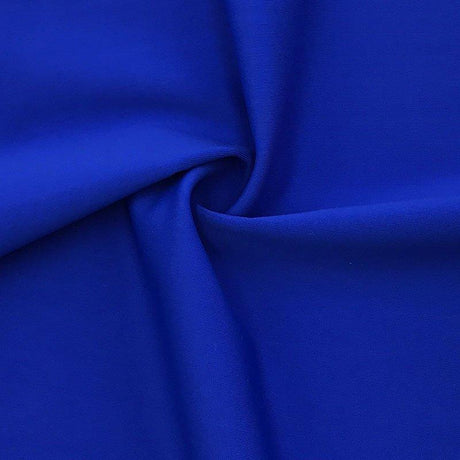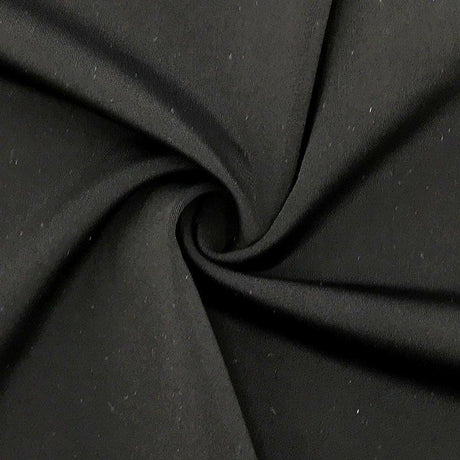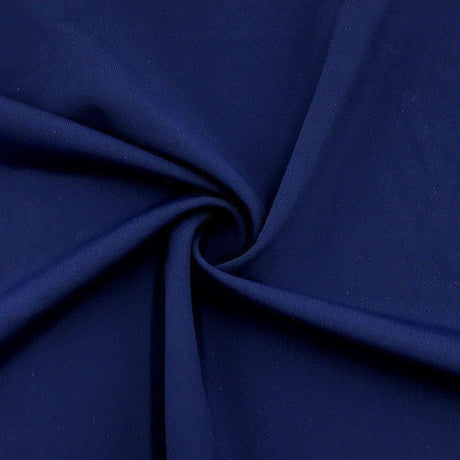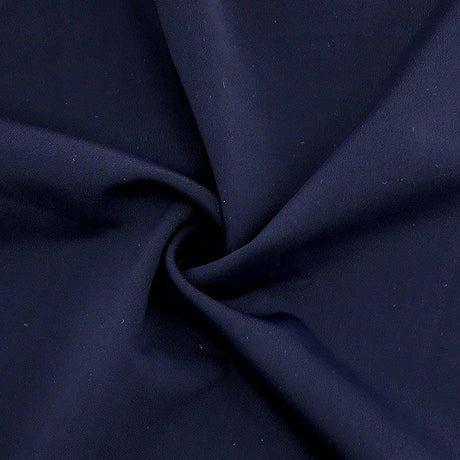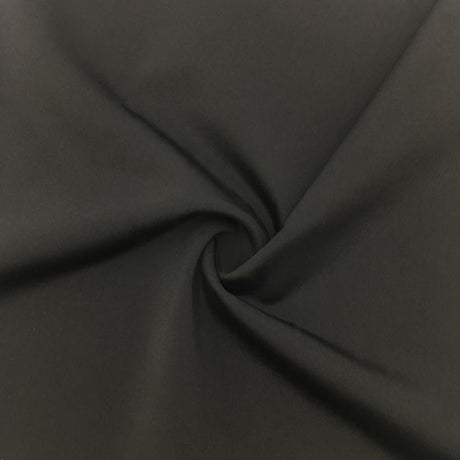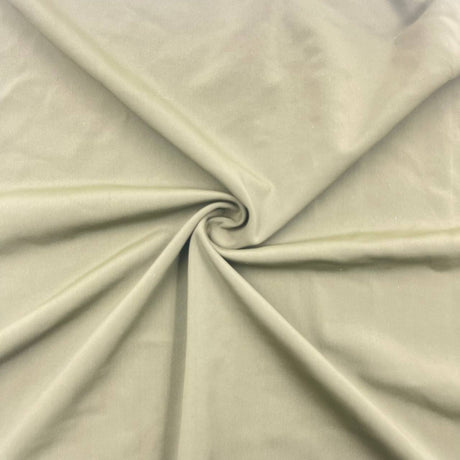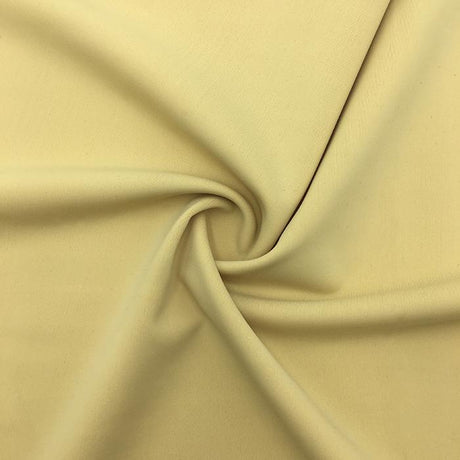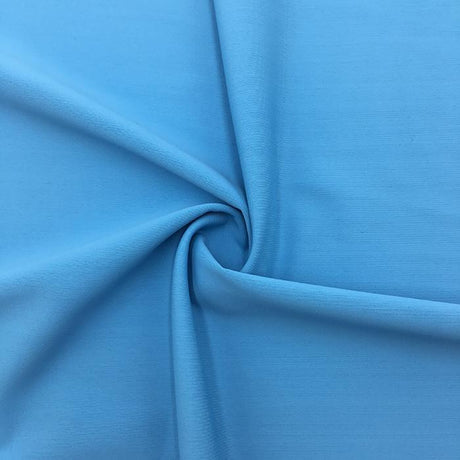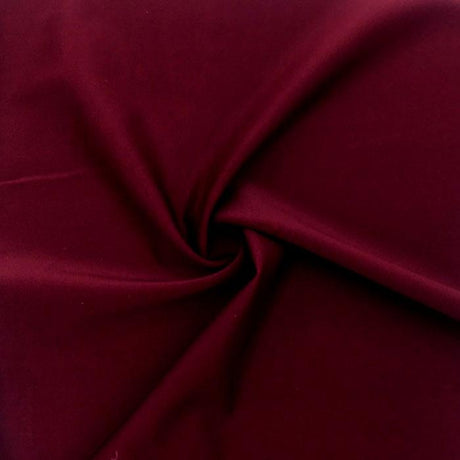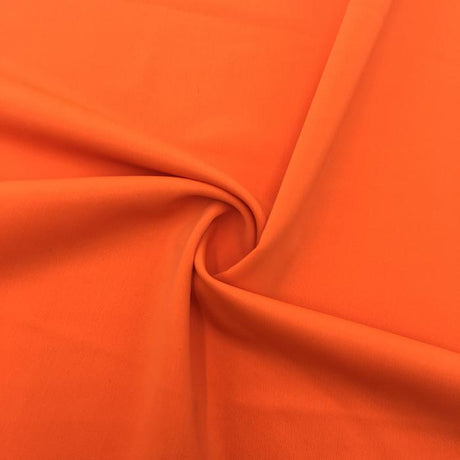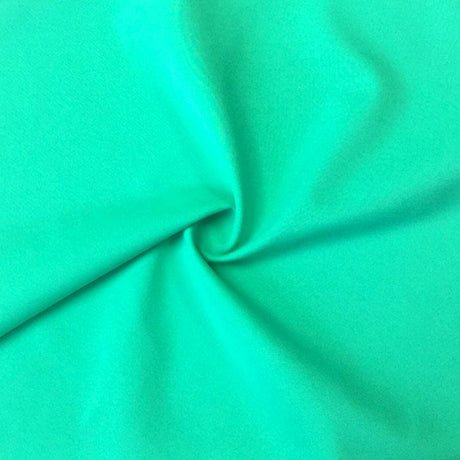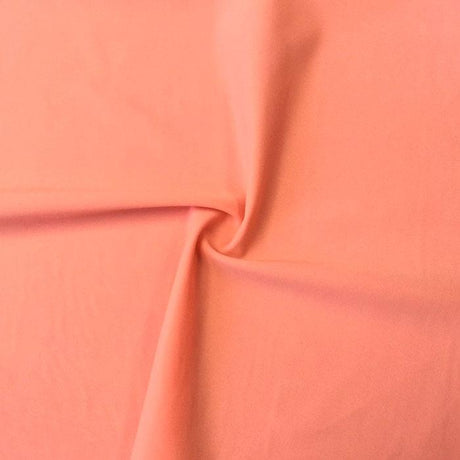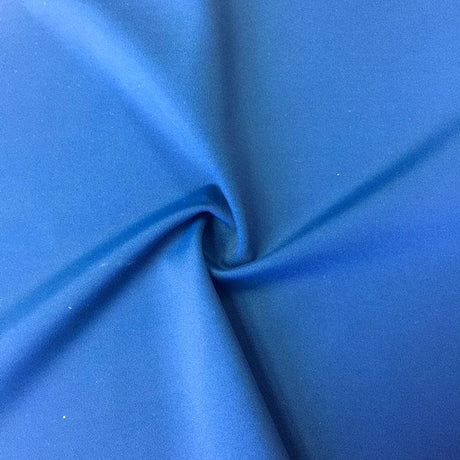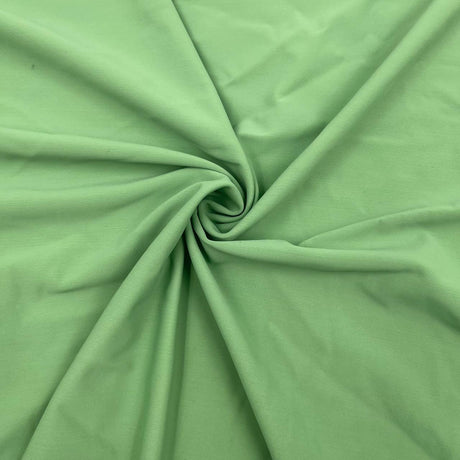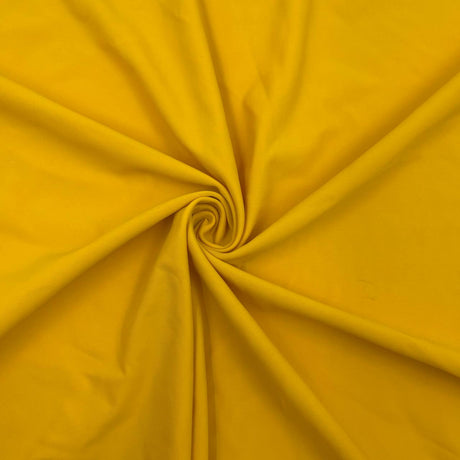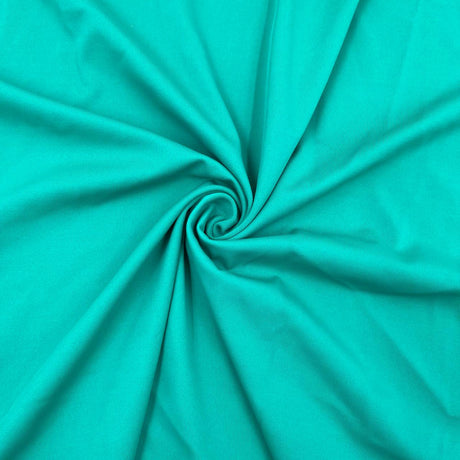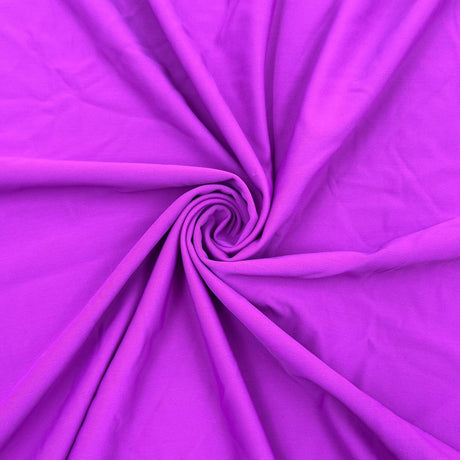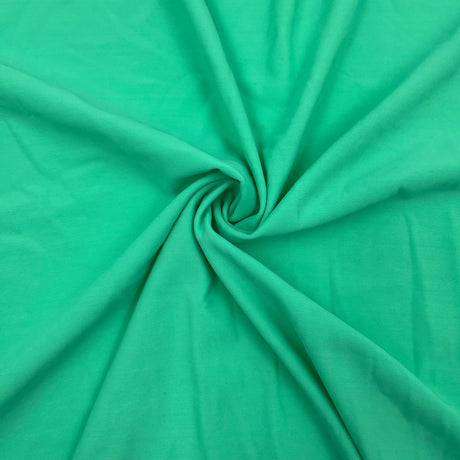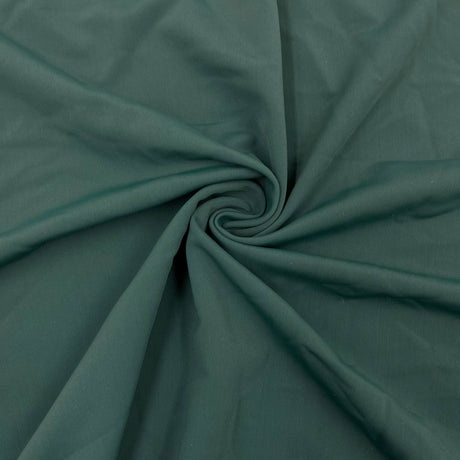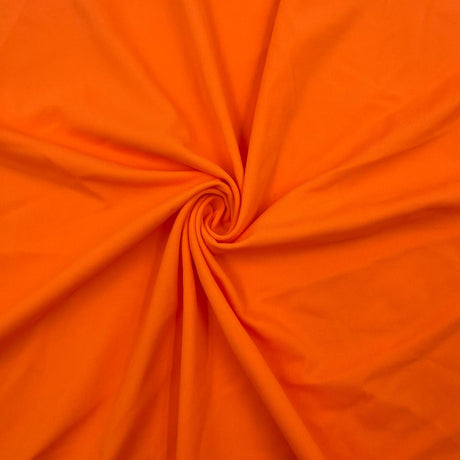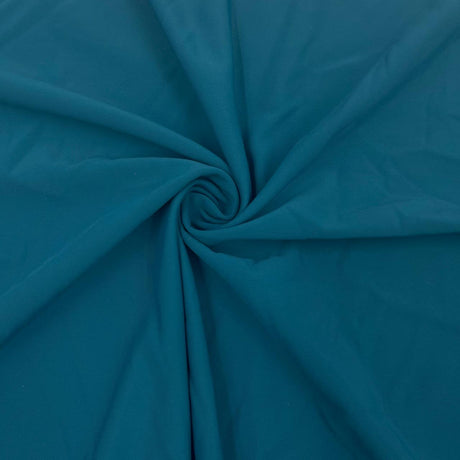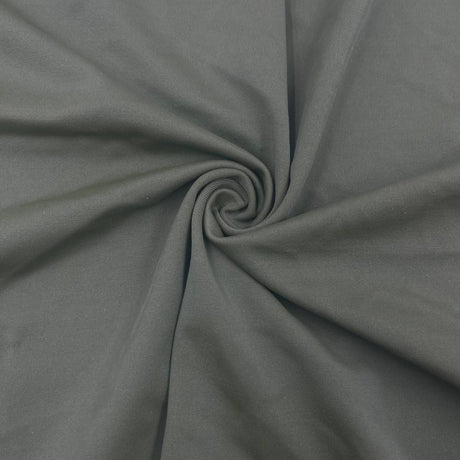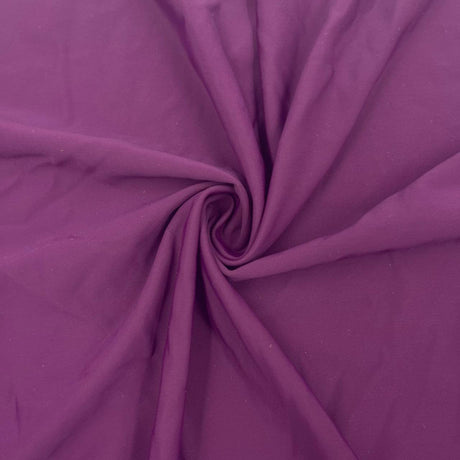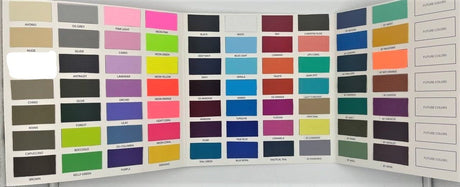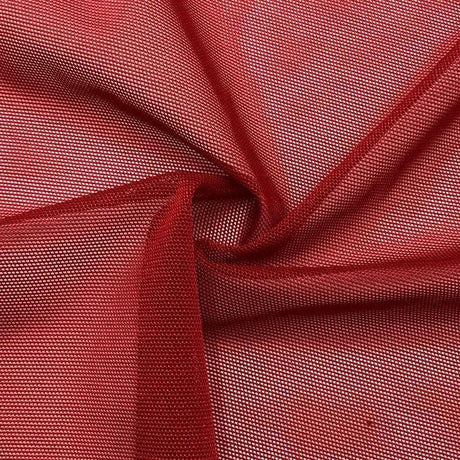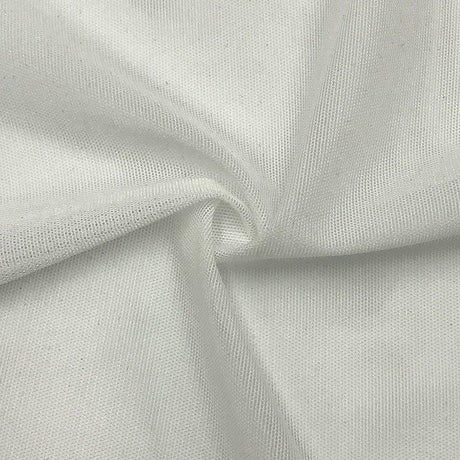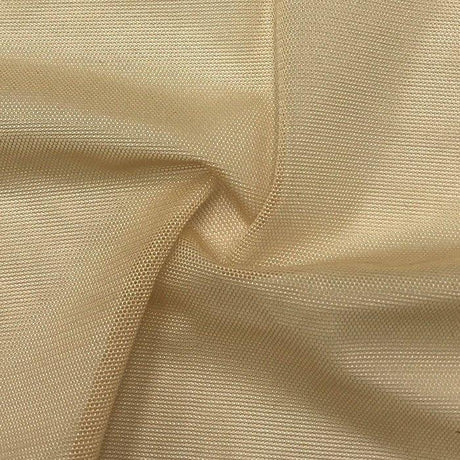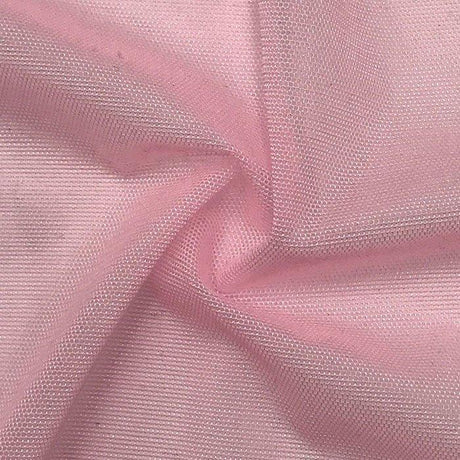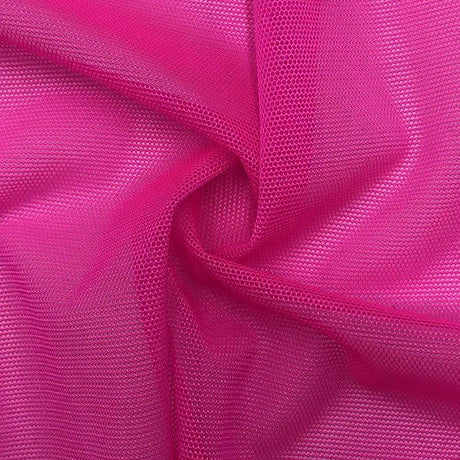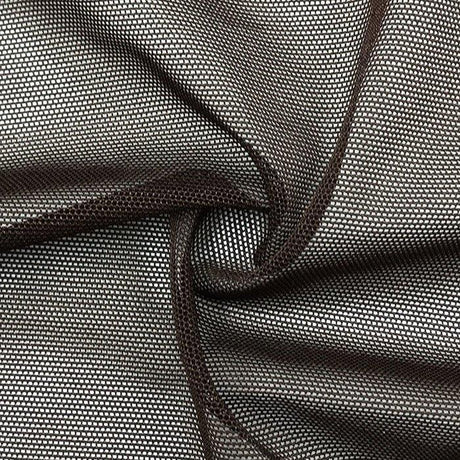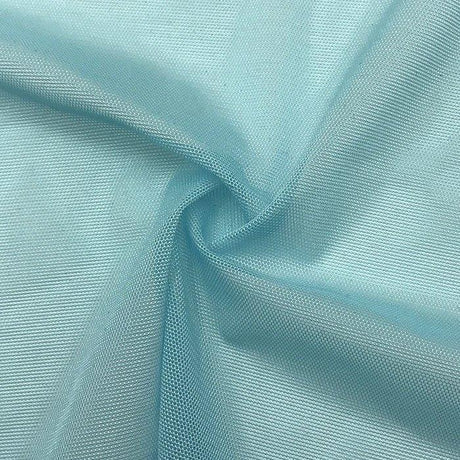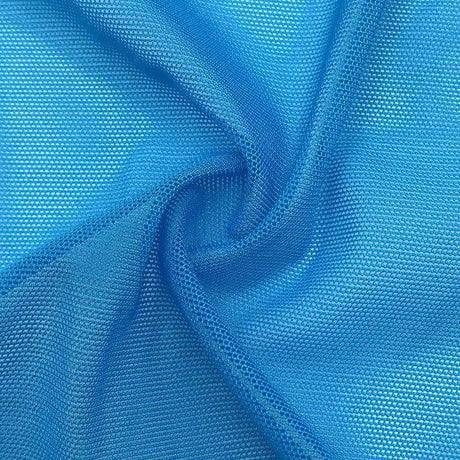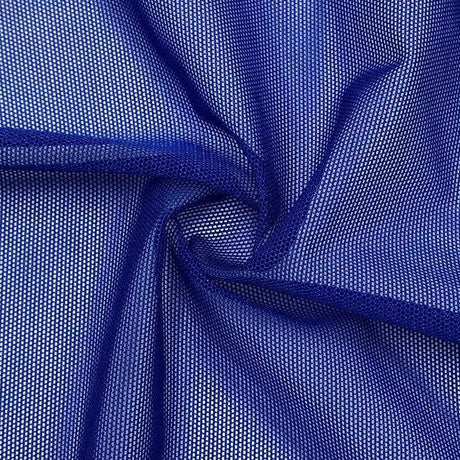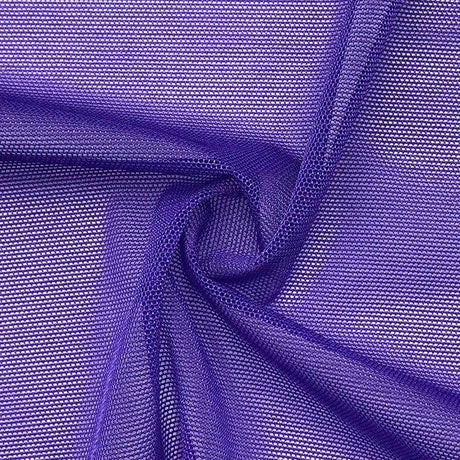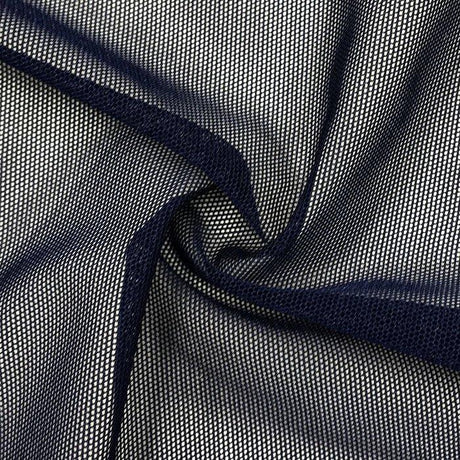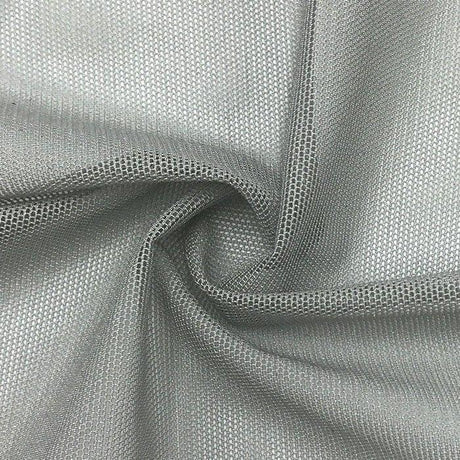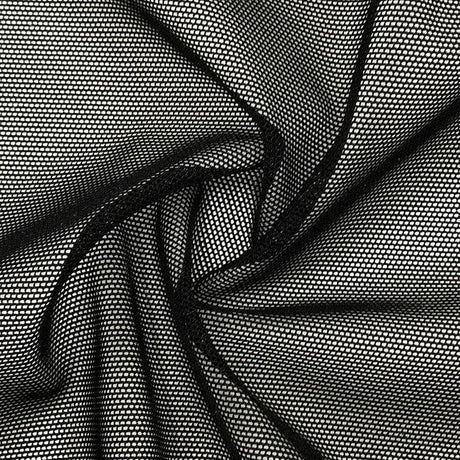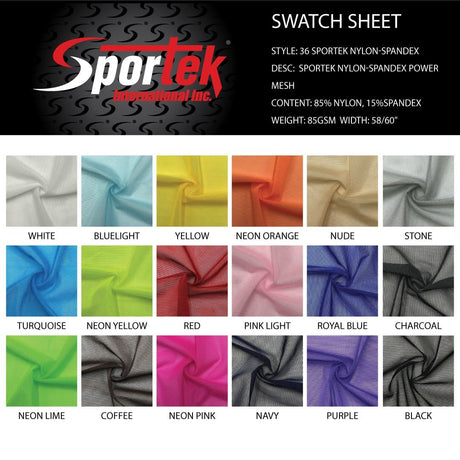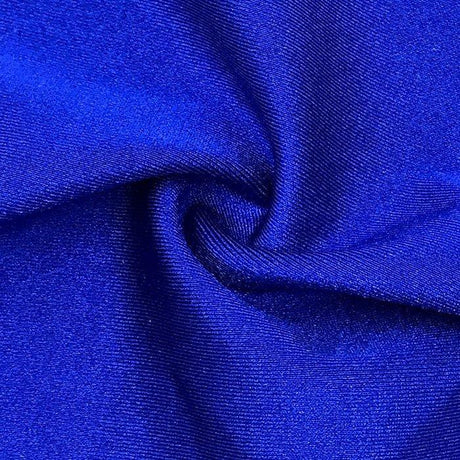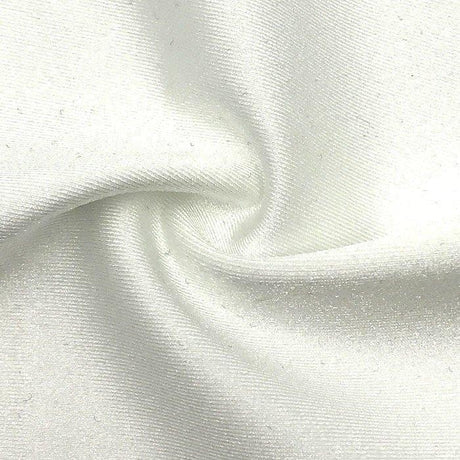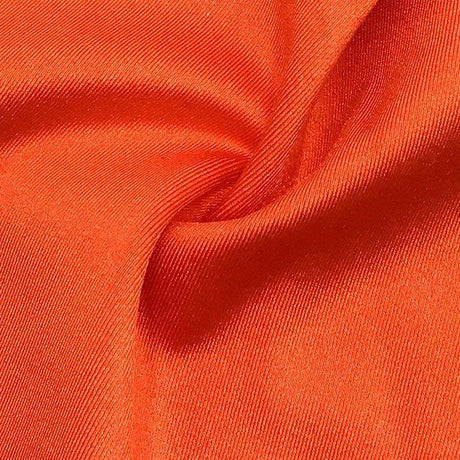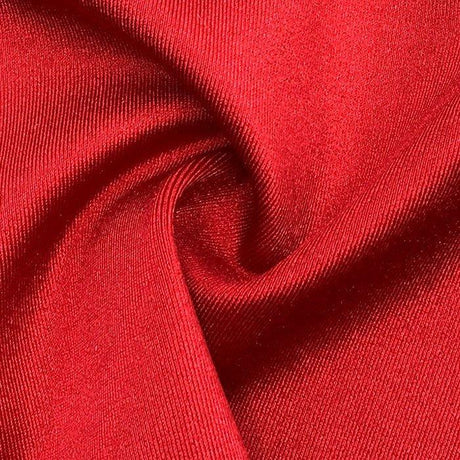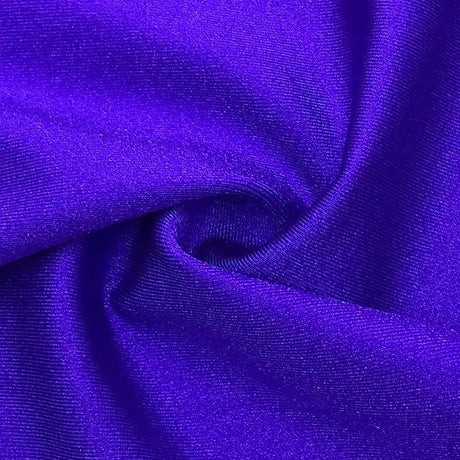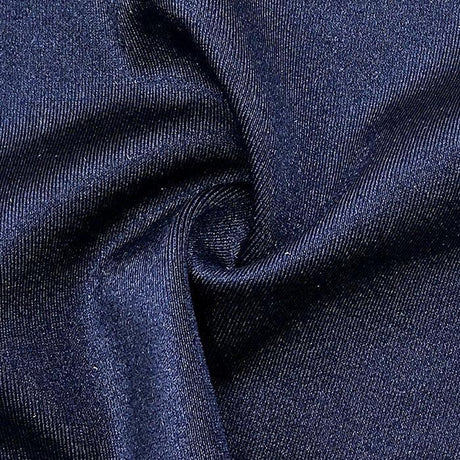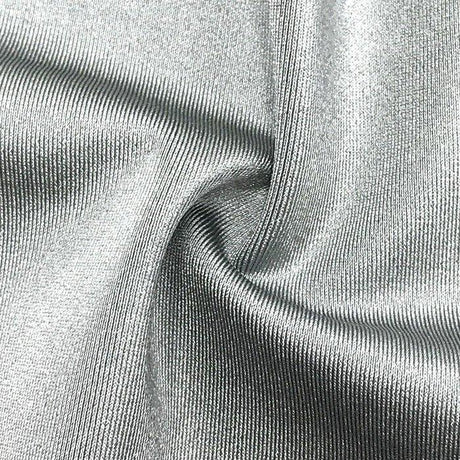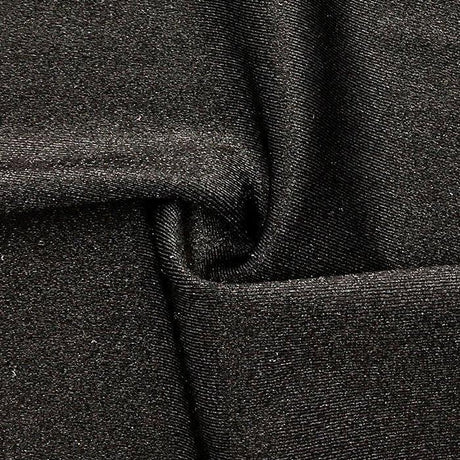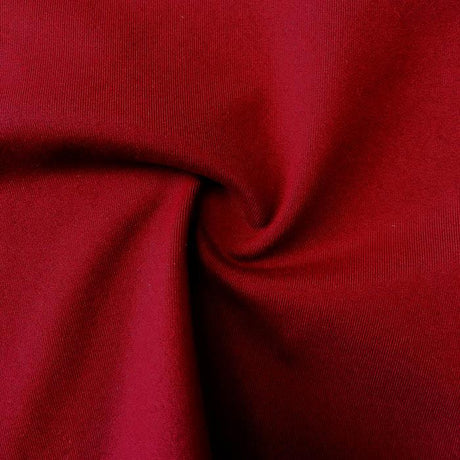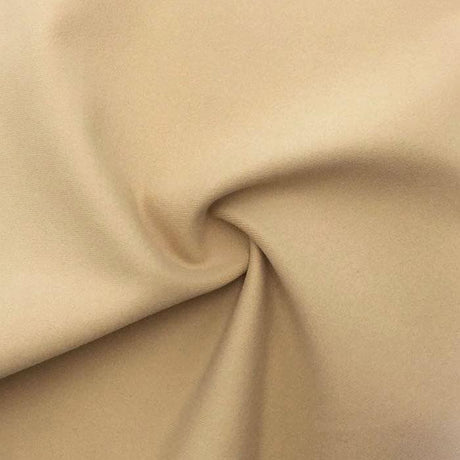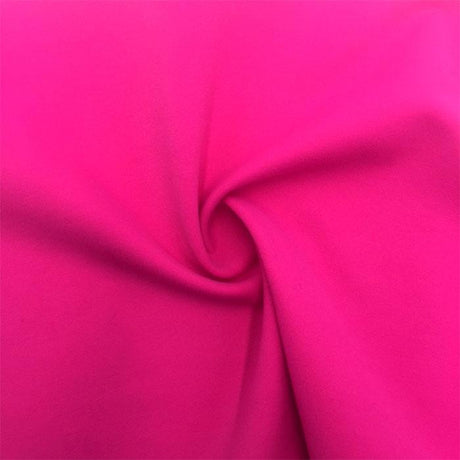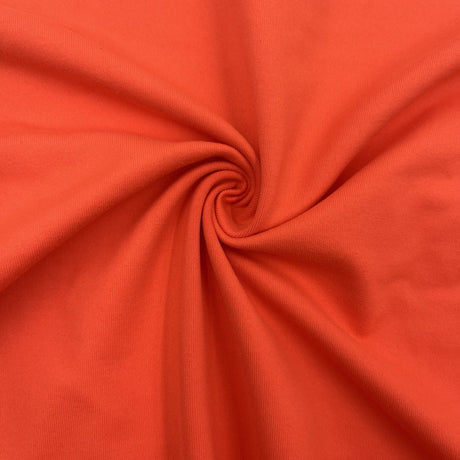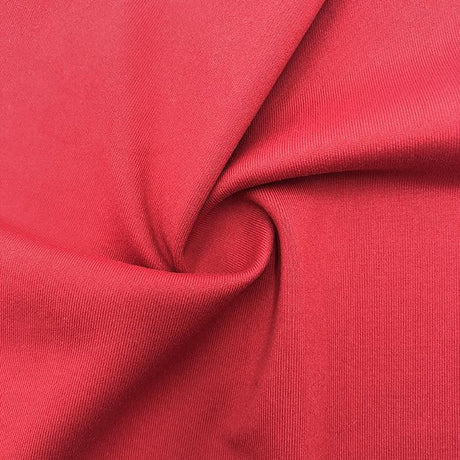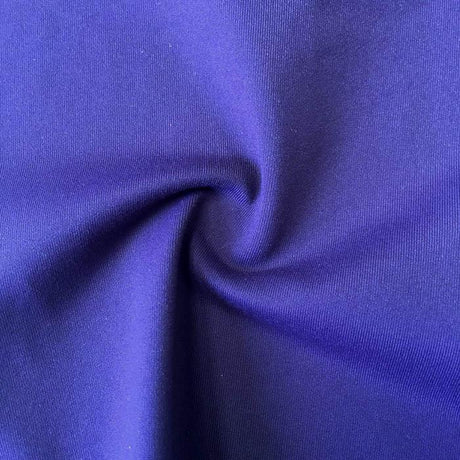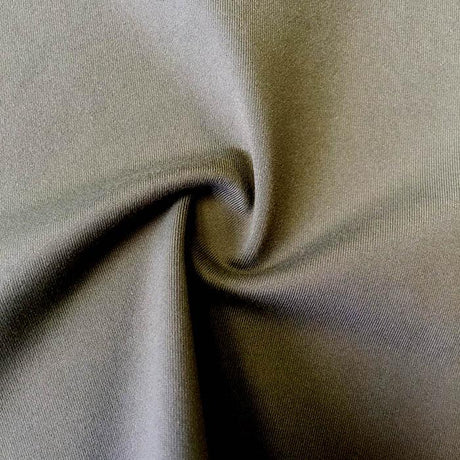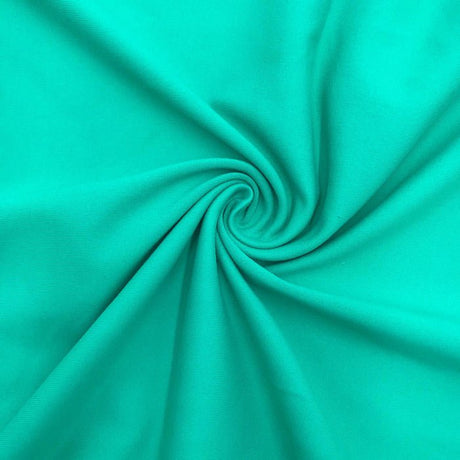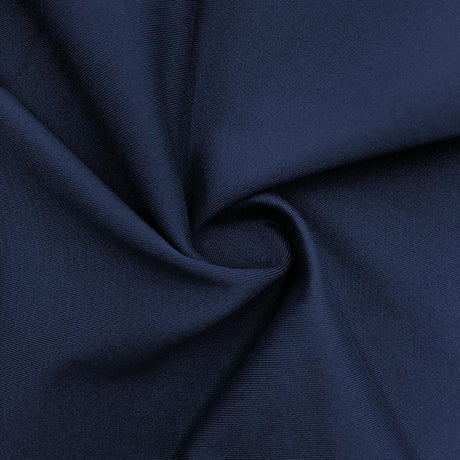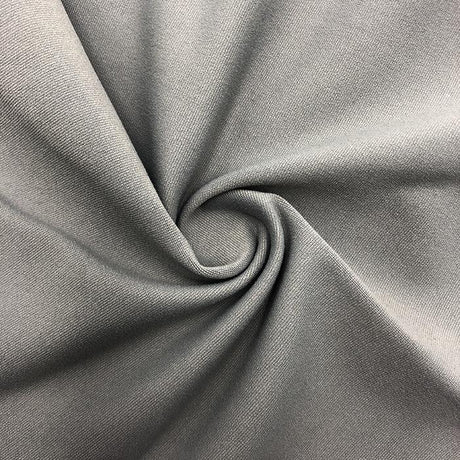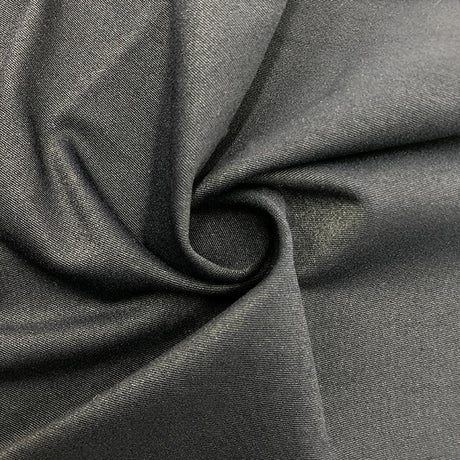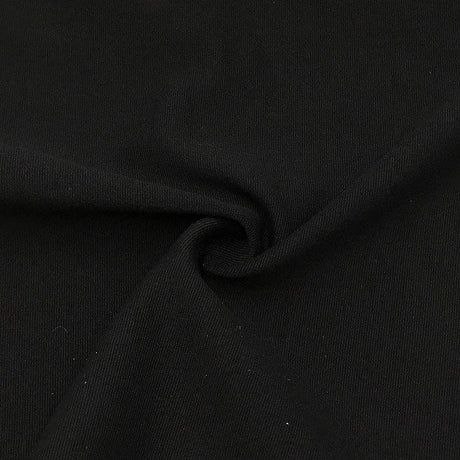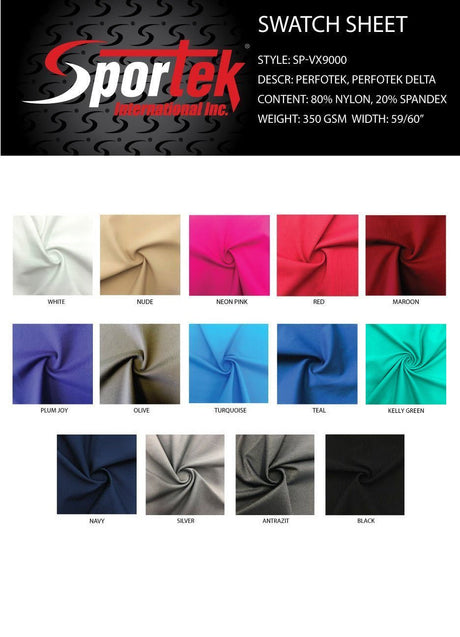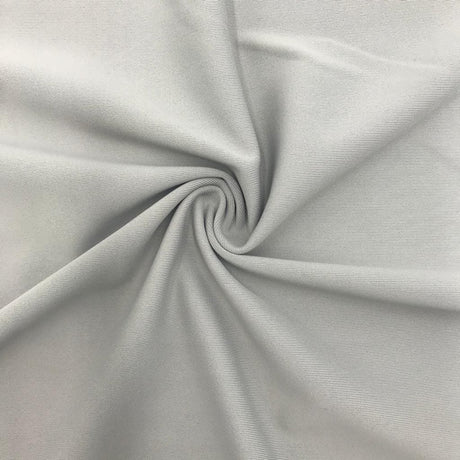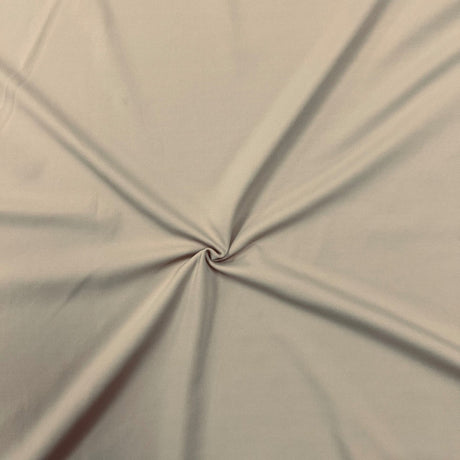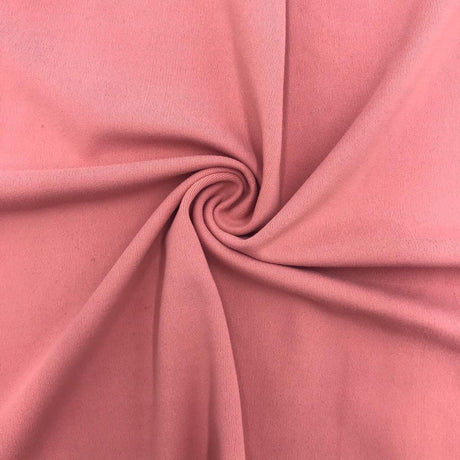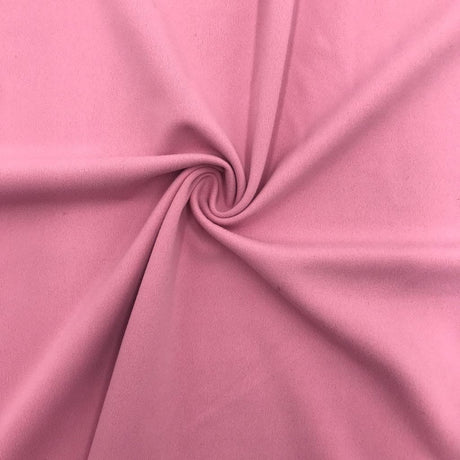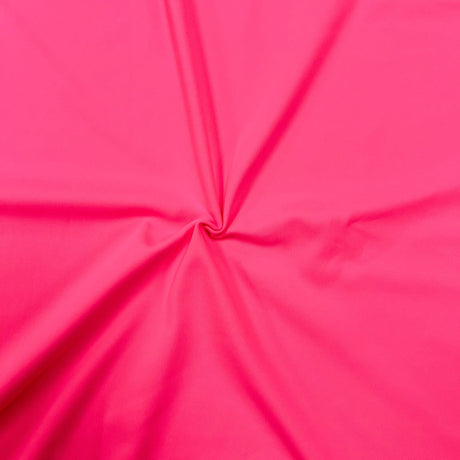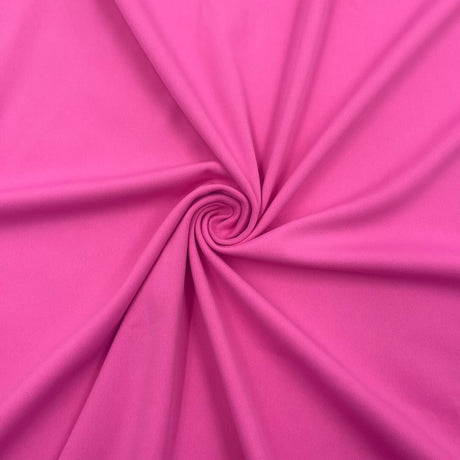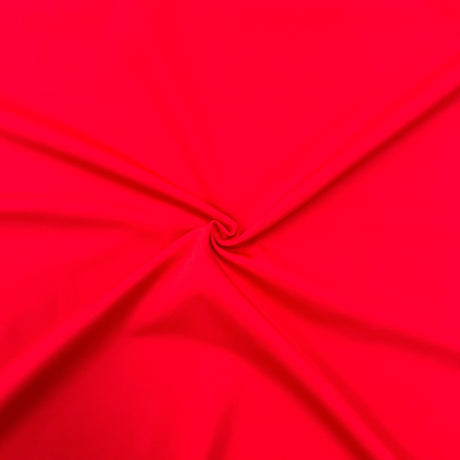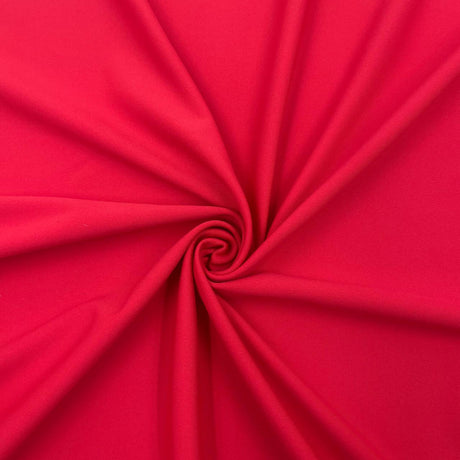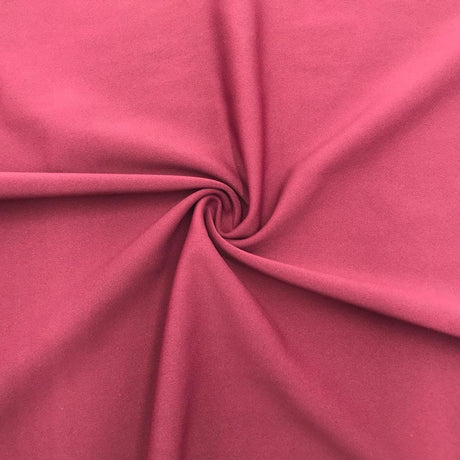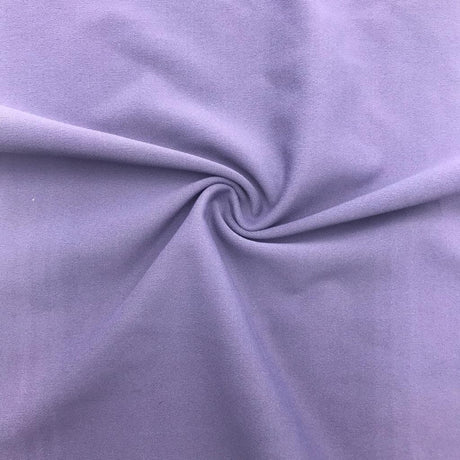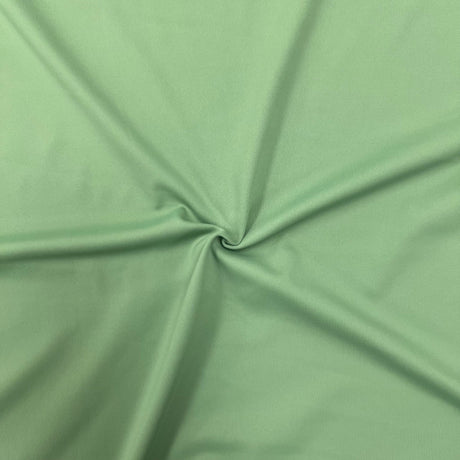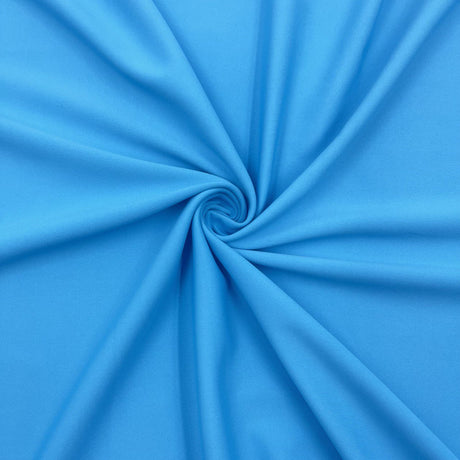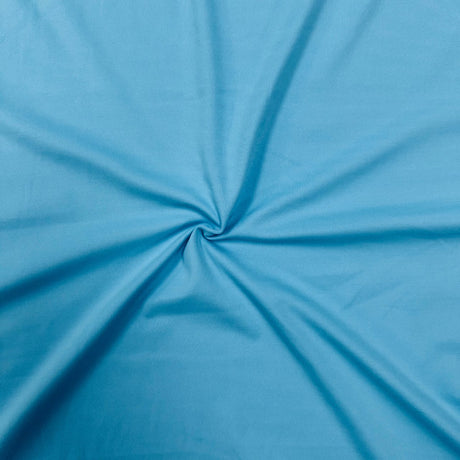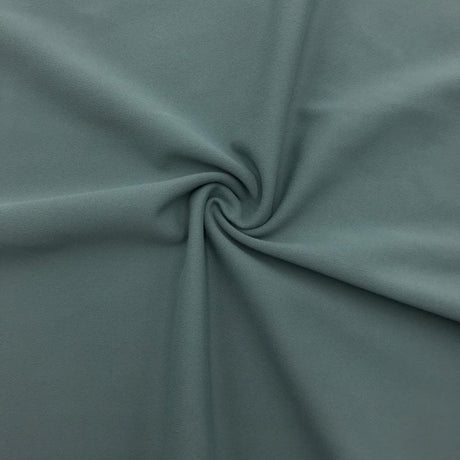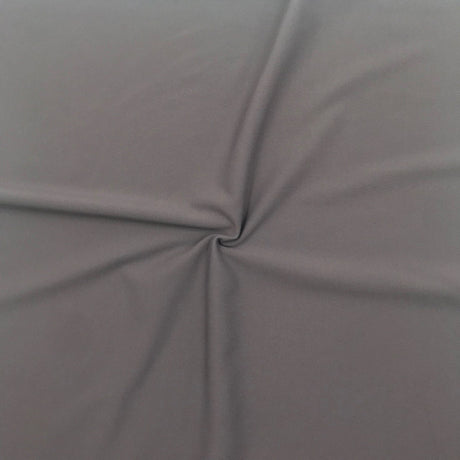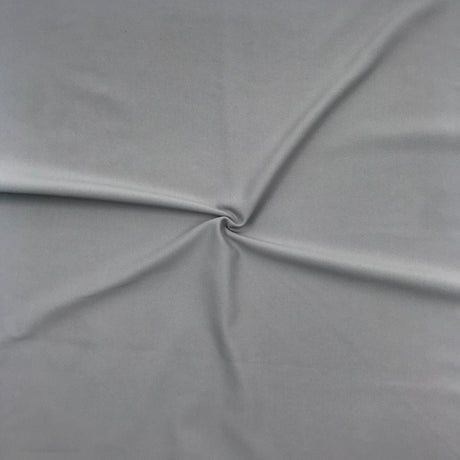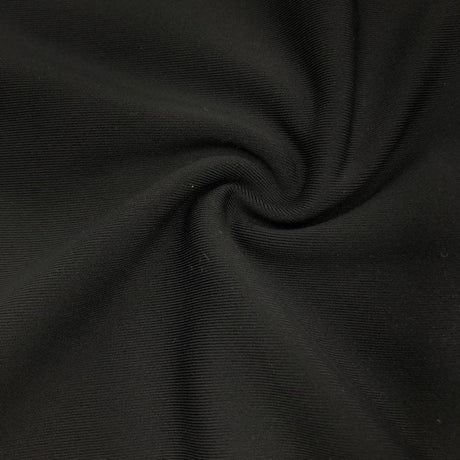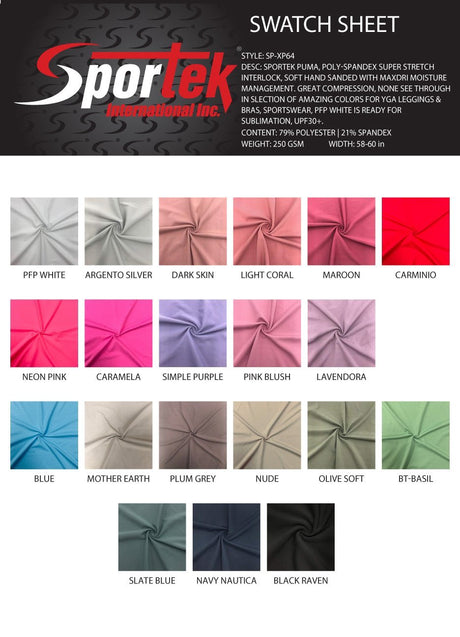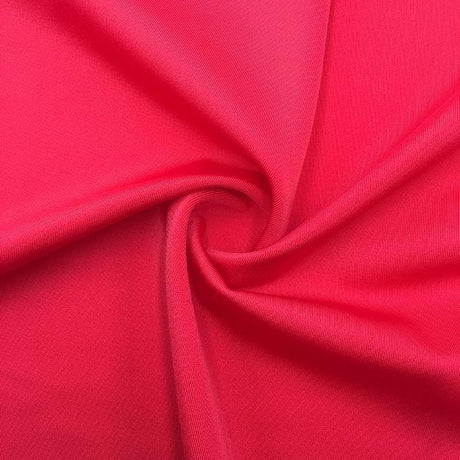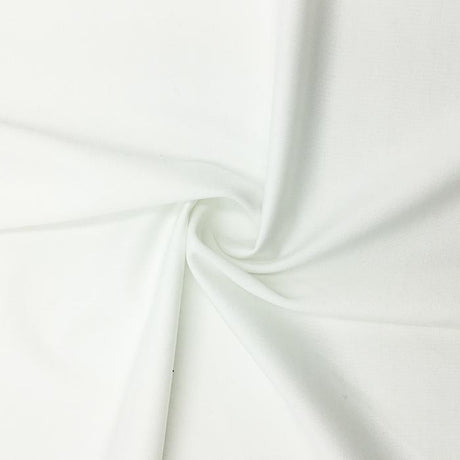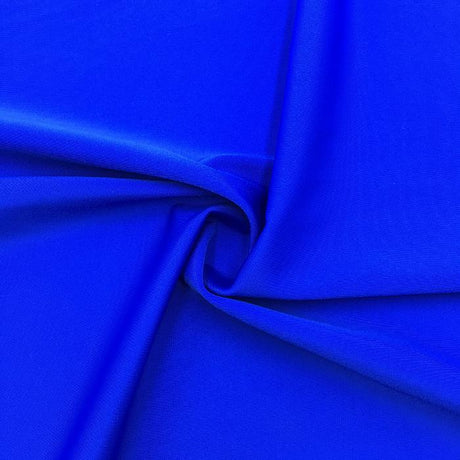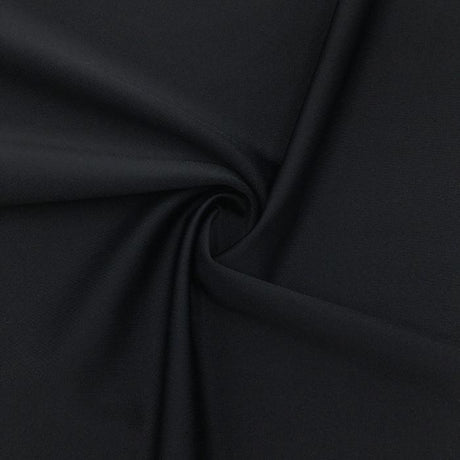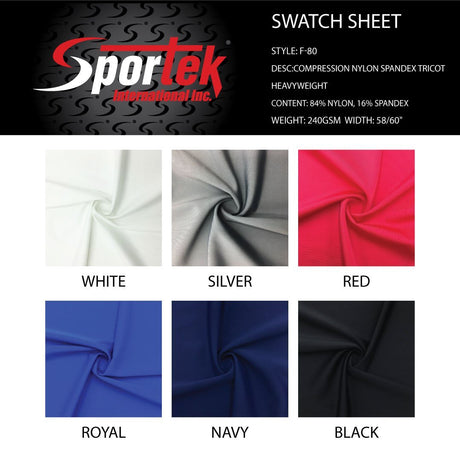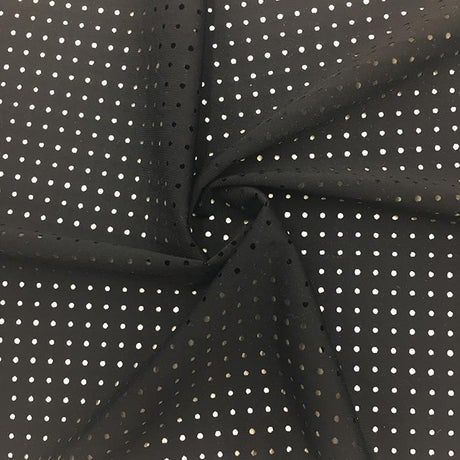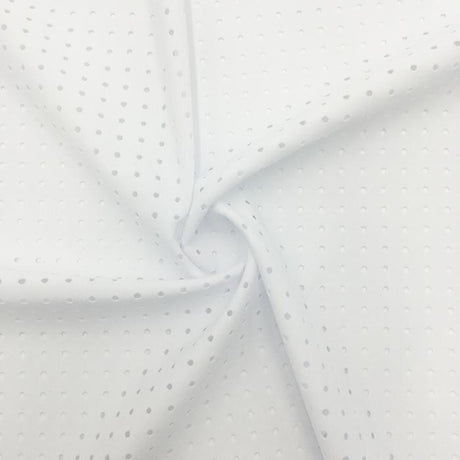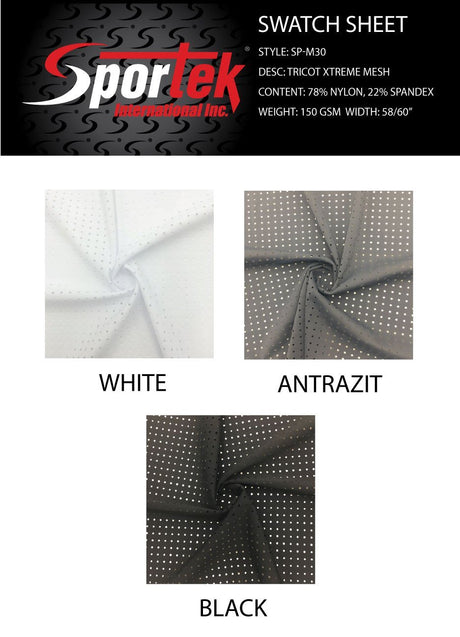Not all yoga pants are created equal – the fabric they’re made of can make a huge difference in how comfortable and functional they are. Whether you’re a beginner yogi or a seasoned fitness enthusiast, understanding yoga pants fabric is key to getting the most out of your activewear.
The right material will stretch with your movements, wick away sweat, and feel good against your skin, whereas the wrong choice might leave you feeling damp, restricted, or even chafed. In this article, we’ll explore the common fabrics used in yoga pants and activewear – from stretchy spandex blends to breathable cotton and even eco-friendly options like bamboo – and weigh their pros and cons.
By the end, you’ll know how to choose the best yoga pants fabric based on your activity level, climate, and personal preferences, so you can move through your practice in comfort and confidence.
Why Fabric Matters for Yoga Pants
Choosing the right fabric for yoga pants isn’t just about softness or style – it affects performance and comfort in many ways. Here are a few factors to consider when evaluating yoga pant materials:
• Stretch and Recovery: Yoga involves bending, lunging, and stretching, so your pants need to move with you. A good yoga pants fabric offers four-way stretch without losing shape, allowing complete mobility for even the deepest poses. Fabrics like spandex (elastane) are added to blends specifically to provide that signature stretch and “bounce back” recovery so your pants don’t sag.
• Opacity (Non-See-Through): Ever done a squat or downward dog and worried if your pants turned sheer? The thickness and quality of the fabric determine opacity. Thinner, lower-quality knits can become see-through when stretched, so a durable, high-density fabric is important to keep you confidently covered during workouts.
• Moisture-Wicking and Breathability: Sweating is a natural part of intense yoga sessions or hot yoga classes. Unlike casual clothes, activewear fabrics should pull sweat away from your skin and dry quickly. Breathable, moisture-wicking materials (like polyester or nylon blends) help keep you cool and dry, whereas fabrics that absorb moisture (like plain cotton) will feel heavy and damp. In fact, experts advise avoiding cotton for sweaty workouts because it “holds moisture, makes you feel hot and damp, then leaves you prone to chafing or getting chilled” once you cool down.
• Durability: A quality yoga pant fabric should withstand lots of stretching, washing, and wear. Synthetic fibers like polyester and nylon are generally very durable and resist abrasions, making them well-suited for activewear. Durable fabrics also help ensure your pants aren’t prone to pilling or losing their shape over time.
• Comfort and Feel: Of course, the fabric should feel good on your skin. Some prefer the “buttery soft” feel of bamboo or cotton blends, while others like the slick, compressive feel of high-performance polyester-spandex. The fabric’s texture (smooth vs. brushed) and weight (lightweight for agility vs. slightly thicker for support) contribute to overall comfort. Also consider odor resistance – some materials naturally inhibit odor-causing bacteria (for example, bamboo is naturally antibacterial), keeping you fresher during sweaty sessions.
In short, the fabric of your yoga pants matters because it influences how well they stretch, breathe, wick sweat, hold up with use, and even how they manage odors. Now, let’s delve into the most common yoga pants fabrics and see how each measures up in terms of these qualities.
Common Yoga Pants Fabric Types and Their Pros & Cons
Spandex (Elastane/Lycra) – The Stretch Factor
Spandex is the secret sauce in almost every pair of stretchy yoga pants. Also known as elastane (with Lycra being a popular brand name), this synthetic fiber is what gives yoga pants their incredible elasticity and ability to spring back into shape. In fact, most performance leggings contain about 10–15% spandex blended with other fibers – just that small percentage provides the four-way stretch and form-fitting recovery you need for bending and flexing. Spandex fibers can elongate many times their length and then rebound, which ensures your yoga pants move with you like a second skin without permanently stretching out.
Pros: The biggest advantage of spandex is its superb stretch and mobility. It allows your yoga pants to contour to your body and enables unrestricted movement through any pose or workout. It also gives a sleek, sculpting fit that “resists bagging when properly blended,” meaning it helps prevent knees or bottoms from getting saggy over time. When it comes to maintaining shape and a snug fit, spandex is king. It’s also relatively lightweight and doesn't hold moisture, so it dries quickly and can contribute to a moisture-wicking performance when combined with the right fibers.
Cons: On its own, spandex isn’t very breathable or durable for garments. Pure spandex fabric (which is rare in pants) would not be ideal – it tends to be heat-sensitive and can degrade or lose elasticity with high heat and chlorine exposure. Spandex fibers can also yellow or weaken over time if not cared for properly. For this reason, spandex is usually blended (often 5–20%) into other materials rather than used alone. Another thing to note is that spandex by itself doesn’t provide much structure or compression; it’s the combination with sturdier fibers like polyester or nylon that gives yoga pants both stretch and support. In short, spandex is an essential high-performance ingredient in yoga pants fabric, but it works best in a supporting role alongside other fabrics.
Subtle nod: It’s hard to overstate how crucial spandex is to activewear – without it, our yoga pants simply wouldn’t have the flexibility we expect. Many athleisure enthusiasts and DIY apparel makers even source spandex fabric by the yard from specialty suppliers so they can create custom leggings with the perfect amount of stretch. This just goes to show how valued spandex is for delivering that signature stretchy comfort in yoga pants.
Polyester – Moisture-Wicking Workhorse
Polyester is one of the most common base fabrics for yoga pants and gym leggings, and for good reason. This synthetic fiber is lightweight, durable, and excellent at wicking sweat away from the skin. A pair of pants labeled “poly/spandex” is likely to be fast-drying and hold its shape well through many wash cycles. Typically, when polyester is the primary fabric in yoga pants, you’ll see it make up anywhere from 70% to 90% of the fabric blend (with spandex comprising the rest for stretch). For example, a common blend is around 80–87% polyester and 13–20% spandex, which yields a nice balance of firmness and stretch.
Pros: Polyester’s biggest strength is its moisture management. It’s hydrophobic, meaning it doesn’t absorb much water – instead, it transports sweat to the fabric surface where it can evaporate. This keeps you drier during intense or hot yoga sessions. Polyester is also tough: it’s resistant to stretching out, wrinkling, or losing color. In other words, it holds up well to abrasion and repeated wear, maintaining its look and fit over time. It’s a low-maintenance fabric that is easy to wash and quick to dry. Another plus is that polyester typically costs less than some natural fibers while offering high performance, which is why so many athletic leggings rely on it.
Cons: The downside to polyester is that it’s less breathable than many natural fibers when used alone. The weave or knit can be engineered to breathe, but plain polyester can trap heat. That’s why you’ll often see mesh panels or blended fabrics to improve airflow. Additionally, polyester can trap odors more than natural fibers – it tends to hold onto bacteria if not treated with an antimicrobial finish, meaning your leggings might develop a smell over time if not washed properly. Another concern is environmental: polyester is a petroleum-based fiber and can shed microplastics in the wash, which is a sustainability issue noted by experts. On the bright side, some yoga wear companies now use recycled polyester (made from recycled plastic bottles or fabrics) to reduce the eco impact. Finally, while polyester is generally soft, it might not have the cotton-like cozy feel some people prefer for loungewear. For maximum comfort, it’s often blended with other fibers or finished to be softer.
Overall, polyester is a champion for sweat-heavy, high-intensity workouts. It will keep you dry and comfortable when you’re heating up, as its sweat-wicking, fast-drying nature is hard to beat. Just look for blends or design features that enhance breathability to counter any stuffiness, and be sure to hang-dry or wash promptly to prevent odors.
Nylon – Soft, Strong, and Smooth
Nylon (also known as polyamide) is another popular synthetic found in activewear, sometimes used as an alternative to polyester. Nylon is prized for its silky smooth feel and high strength. If you’ve noticed some leggings have a really soft, almost cottony touch or a luxurious sheen, they may contain nylon. It’s commonly found in premium yoga pants or running tights, often blended with spandex. For instance, a fabric might be 70% nylon and 30% spandex to give a very soft, second-skin stretch fit.
Pros: Nylon is highly elastic and durable, which means pants made with it can handle a lot of movement and friction (even things like running or high-intensity training) without wearing thin quickly. It has a bit softer hand-feel than polyester; many people find nylon-blend leggings supremely soft and comfortable to the touch. Nylon fibers are also quick-drying and moisture-wicking (not quite as hydrophobic as polyester, but still effective at moving sweat). An advantage nylon has over polyester is that it tends to be very opaque, even when knit thin, so it can create lighter-weight leggings that still aren’t see-through. Nylon fabrics also take dye well, so colors often look vivid, and the material resists fading for quite a while. Finally, nylon is resistant to mildew and molding, and it’s easy to wash.
Cons: One issue with nylon is that it can be slightly more prone to color fading or bleeding over time compared to polyester. If you’ve ever had a pair of black leggings that turned a bit dull, they might have been nylon-based. It also may feel a bit more slick or “slippery” to some people, which is a matter of personal preference – some love the smoothness, while others prefer the matte feel of poly or cotton blends
. Pure nylon fabric can absorb a small percentage of water (more than polyester does), so extremely sweaty workouts might leave nylon feeling a touch more damp than a comparable polyester item, though it still dries fairly fast. Very thin nylon knits, while great for light weight and stretch, might lack support and are best for lower-impact or casual wear, as they can be less compressive and may wear out faster under high stress. Another consideration is cost: nylon can be a bit pricier than polyester.
Lastly, like polyester, it’s a synthetic from petrochemicals (unless you find recycled nylon products, which are more sustainable). The good news is recycled nylon options (e.g. from old fishing nets or carpets) are emerging, offering the same benefits with a greener footprint.
In summary, nylon-blend yoga pants are a great choice if you value a soft touch and high flexibility, and they can be just as moisture-wicking and tough as polyester ones. They shine in form-fitting, high-stretch designs that feel like a gentle hug on the body. Just be mindful of caring for them to preserve their color and shape over the long term.
Cotton and Cotton Blends – Soft Breathability with Trade-offs
Cotton is a natural fiber that often appears in yoga and athleisure clothing, especially in blends. You might see tags like “95% cotton, 5% spandex” on yoga pants meant more for lounging or gentle yoga. The appeal of cotton is that it’s soft, breathable, and familiar – it has a cozy comfort many people love. Cotton or cotton-blend yoga pants can be great for everyday wear or low-sweat activities, but there are some important downsides in high-intensity settings.
Pros: The feel of cotton on skin is hard to beat for comfort. It’s a very breathable fiber in the sense that it allows air to circulate, and it doesn’t trap heat the way poly can. This makes cotton yoga pants pleasant for mild activities, casual wear, or restorative yoga classes. Cotton fabric is also naturally hypoallergenic for most people and unlikely to cause irritation, which is nice if you have sensitive skin. Many find that cotton leggings have a softer, warmer feel than slick synthetic ones – they can double as comfy lounge pants. In terms of sustainability, organic cotton (and even recycled cotton) options address some environmental concerns by avoiding harsh pesticides and reusing materials, making cotton appealing to eco-conscious shoppers. When blended with a bit of spandex (e.g. 5–15%), cotton pants gain some stretch and recover better from stretching, helping prevent that baggy knees effect. A well-made cotton/spandex yoga pant can feel wonderfully soft yet still fit well due to the small amount of elastane holding it in shape.
Cons: The biggest drawback: cotton absorbs moisture like a sponge and dries slowly. If you sweat in cotton leggings, they will soak it up and likely stay wet for a while, which can become uncomfortable. As one fitness trainer vividly put it, “Cotton literally absorbs every ounce of sweat, which makes you feel like you’re wearing a wet towel.” For this reason, cotton is not ideal for strenuous exercise or hot yoga, where you’ll end up damp and weighed down. Wet cotton can also lead to chafing and even make you chilly after a high-intensity class when you cool off.
Another issue is that 100% cotton lacks resilience – pure cotton yoga pants tend to lose their shape and get baggy or saggy over time, especially at the knees or rear. You might notice they don’t “snap back” after a big stretch unless there’s some spandex in the mix. Cotton is also less durable than synthetics; it can pill and wear out with lots of washing and friction (like running or intense training might cause).
Additionally, while cotton is breathable in normal conditions, once it’s saturated with sweat it actually prevents breathability and just stays clinging and wet. Thus, for hot, sweaty workouts, cotton is generally a fabric to avoid in favor of performance materials. If you do love cotton, look for moisture-wicking cotton blends – some brands create engineered cotton that’s been treated or blended to dry faster – but know it still won’t wick as well as poly or bamboo.
Bottom line: Choose cotton or cotton-blend yoga pants for light exercise, yoga nidra, or daily athleisure when comfort is your priority and sweat is minimal. Enjoy the softness and natural feel, but be aware of the moisture issue. For vigorous exercise, save those cute cotton leggings for another day and opt for something that will keep you drier.
Bamboo and Eco-Friendly Options – Soft, Cool, and Sustainable?
In recent years, bamboo has emerged as a popular fabric in yoga and activewear, often marketed as a sustainable and ultra-soft option. Bamboo fabric used in clothing is usually a form of viscose rayon derived from bamboo cellulose. It’s known for its silky smooth feel, breathability, and eco-friendly image. Alongside bamboo, there are other eco-conscious fabrics like Modal and Tencel (Lyocell) – which are also types of rayon made from plant fibers (beech wood and eucalyptus, respectively) – as well as initiatives like recycled synthetics. Here we’ll focus on bamboo and similar materials.
Pros of Bamboo Viscose: Bamboo yoga pants are often described as “buttery soft” with a drape and touch that rivals cashmere. The fibers have a naturally rounded structure, which gives bamboo fabric a very smooth, non-irritating finish on the skin. This makes bamboo leggings extremely comfortable and a great choice for those with sensitive skin or anyone prone to chafing – in fact, bamboo fabric is considered hypoallergenic and is gentle against the skin.
Another big selling point is moisture management: Bamboo viscose can absorb a lot of moisture (reports say up to 60–70% more than cotton can) and then allow it to evaporate, which helps keep you dry. One source notes that bamboo fabric can hold three times its weight in water without feeling soggy, then release it to the air, meaning you won’t feel as clammy as you might in soaked cotton. Plus, it’s naturally odor-resistant – bamboo contains an antimicrobial bio-agent that helps it resist odor-causing bacteria, so your yoga pants won’t stink easily even if you sweat in them.
Bamboo fabric is also praised for being thermo-regulating (keeping you cool in heat and warm in cool weather) due to micro-gaps in the fiber that improve breathability. Additionally, it offers some UV protection and is generally wrinkle-resistant. From a sustainability perspective, bamboo as a crop grows extremely fast, requires less water and no pesticides, and regenerates naturally – it’s often cited as “one of the most sustainable textiles” for these reasons. Environmentally conscious yogis appreciate that aspect.
Cons of Bamboo Fabric: Despite all the benefits, there are a few catches. First, the performance under heavy sweat can be mixed; bamboo does absorb sweat well and eventually lets it evaporate, but during a super intense workout it might not keep you as immediately dry as a true moisture-wicking synthetic that rapidly spreads sweat out.
You might feel the dampness a bit before it dissipates. Bamboo leggings also tend to be best for low to medium intensity workouts – they’re fantastic for yoga, Pilates, or casual wear, but they may not provide the high compression or muscle support that a polyester-spandex compression legging would.
The stretch and recovery of bamboo knit fabrics usually come from blending with spandex (often 5-10%), so check that your bamboo pants have that blend; 100% bamboo viscose can lack the snap-back recovery and might bag out after stretching. In terms of durability, bamboo rayon is not as abrasion-resistant as nylon/poly – it can pill if you constantly rub the fabric or if it’s not high quality.
Also, while bamboo as a plant is eco-friendly, the process to turn it into viscose involves chemicals (unless it’s bamboo lyocell, a newer process), so not all bamboo fabric is as “green” as it’s marketed – something to keep in mind when considering sustainability claims. Another con is care: these fabrics can sometimes require gentle washing (cold water, delicate cycle or hand wash) and shouldn’t be dried on high heat, to prevent shrinkage or weakening of fibers. Finally, cost can be higher; eco-friendly and premium feel come at a price, so bamboo or Modal leggings might be a bit more expensive than basic blends.
Modal and Tencel: These are related “regenerated cellulose” fabrics worth a mention. Modal, made from beech tree pulp, is used in some yoga pants for its ultra-soft feel and breathability. It’s often blended with a touch of spandex (e.g. 90-94% modal, 6-10% spandex) to make extremely comfortable yoga wear that’s great for lounging or gentle yoga.
Like bamboo, modal is praised for being luxuriously smooth, breathable, and eco-friendlier than fully synthetic options. It drapes well and holds color nicely. The downsides are similar to bamboo: modal isn’t as good at high-compression support, and it often needs a bit more care (it can be weaker when wet, so you don’t want to stretch or rough-handle it out of the wash).
Tencel (Lyocell), derived from eucalyptus, is another sustainable fabric found in activewear blends. It’s known for its moisture-wicking and cooling properties, and unlike viscose, the lyocell process is a closed-loop (recycling almost all chemicals). Tencel fabrics can actually perform quite well in sweat-wicking and have a cotton-like feel – some high-end athletic brands use Tencel blends for soft yet technical leggings. The cons again are typically cost and slightly less durability than poly blends.
Summary of Eco-Friendly Fabrics: If you prioritize sustainability and comfort, fabrics like bamboo viscose, modal, and Tencel are wonderful choices for yoga pants. They offer top-notch softness, breathability, and are often made from renewable resources.
A pair of bamboo yoga pants, for example, will feel “buttery soft”, keep you cooler by absorbing sweat and ventilating well, and even resist odors longer than many synthetics. Just remember that these fabrics shine in low-to-moderate intensity activities.
For very sweaty, high-impact workouts, you might still prefer blends that incorporate polyester or nylon for extra support and faster moisture-wicking. Many activewear pieces today actually combine the best of both worlds – for instance, a legging might be mostly recycled polyester for performance, with a percentage of Tencel or modal added for softness, plus spandex for stretch. And if you want to go fully natural, there’s even the option of merino wool blends for yoga pants – merino wool is a fabulous natural fiber that regulates temperature in both hot and cold conditions and is moisture-wicking and odor-resistant (some cold-weather or winter running leggings include merino). The key is to balance your personal comfort preferences with the performance you need.
Choosing the Right Fabric for Your Needs
With an understanding of the different fabric types, how do you decide which is best for you? The “best” yoga pants fabric can vary depending on the activity, environment, and individual preferences. Here are some recommendations and scenarios to help guide your choice:
• For High-Intensity or Hot Yoga: When you’re doing vigorous vinyasa, hot yoga, or cardio-intensive workouts, opt for fabrics that excel at sweat wicking and quick drying. Polyester-spandex or nylon-spandex blends are ideal here. These materials draw moisture away from your body and let it evaporate quickly, keeping you drier and cooler in a 100°F hot yoga studio. Look for descriptors like “moisture-wicking” or “quick-dry” on the label. Also, a higher percentage of spandex (15% or more) can be beneficial for flexibility in fast-paced flows. Avoid heavy cotton in these classes, since it will absorb sweat and become heavy and uncomfortable. In short, stick with technical performance fabrics for intense sweat sessions – your comfort and focus will greatly improve.
• For Gentle Yoga, Stretching, or Daily Wear: If you’re into Yin yoga, restorative practice, or wearing yoga pants as all-day loungewear, you might prioritize softness and comfort over hardcore sweat-wicking. Cotton-spandex blends, bamboo, or modal leggings can be excellent for these purposes. In a calm yoga class or while running errands, you won’t be perspiring heavily, so the superior coziness of cotton or bamboo fabric can shine without the downside of being drenched. These materials are breathable enough for light activity and offer a relaxed, soft feel that many people love for lower-intensity use. Just remember, if there’s even a chance you’ll break a sweat (e.g. a warm flow class), you may want a blend that at least has some wicking capability or bring along a towel.
• In Hot Climates or Summer: When the weather is warm and humid, lightweight and breathable fabrics become crucial. Look for thin, sweat-wicking leggings made with polyester or nylon blends as they tend to release heat and dry fastest. Some designs include mesh panels or lighter weaves to boost airflow. Bamboo or Tencel-blend leggings can also be great in summer since these fabrics have natural cooling properties – bamboo viscose, for instance, has been shown to allow ~20% more air permeability and can feel a few degrees cooler than cotton. They’ll help keep you cool and comfortable in hot conditions. On the flip side, dark heavy fabrics or thick cotton jerseys are not your friend in heat; they’ll trap sweat and heat. So choose moisture-wicking, quick-drying materials to beat the heat.
• In Cold Climates or Outdoor Yoga: For cooler weather or outdoor activities, consider yoga pants that provide a bit of insulation while still wicking moisture (since you can still sweat under layers). Thermal leggings or fleece-lined polyester leggings are popular for winter – these have a brushed, warm interior but a technical outer that manages sweat. Merino wool-blend leggings are another excellent option for cold conditions; merino wool is a natural fabric that helps regulate body temperature and retains warmth even if it gets damp, all while remaining breathable. You can find some yoga or running tights that include merino (often blended with nylon and spandex for stretch and durability). If you layer yoga pants under other gear or wear them for outdoor pursuits like hiking, look for those specifically labeled for cold weather. They’ll keep you cozy without overheating. Just ensure there’s still a wicking component – wet fabric against skin in cold air is a recipe for chill. A wool or poly blend solves that by moving sweat outward.
• If You Prefer a Lot of Compression or Support: Some people like their yoga pants very supportive and shaping (for example, for gym workouts or to feel “held in” during yoga). In that case, fabrics with a high percentage of spandex (elastane) and a strong base like polyester are ideal. A polyester/Spandex blend is often cited as the best fabric for workout leggings because it offers a great deal of stretch and compression. The polyester provides structure and snap, while the spandex gives elasticity. Look for terms like “compression jersey” or a higher spandex content (20%+). These will hug your muscles firmly, which some find helpful for support and others simply find flattering. Just be aware that more compression can sometimes mean a bit less breathability (due to thicker, tighter knits). It’s a trade-off based on what you need. For most yoga practices, medium compression is sufficient; ultra-high compression is more common in running or shapewear leggings.
• For the Eco-Conscious and Sensitive Skin: If sustainability or skin-friendliness tops your list, consider eco-friendly fabrics and natural fibers. Bamboo viscose, modal, organic cotton, and recycled polyester/nylon are materials to look for. Bamboo and modal, as discussed, have a lower environmental impact when produced responsibly and are very gentle on skin (great if you get rashes from synthetics).
They’re also naturally antibacterial and odor-resistant, so you won’t need to wash them as aggressively – another eco plus. Recycled polyester and nylon take waste (like plastic bottles or fishing nets) and spin them into new fabric, reducing the need for virgin synthetic production. Many big activewear brands now incorporate recycled fibers without any loss of performance, so you can get the same moisture-wicking benefits while feeling better about your purchase.
Organic cotton is an improvement over conventional cotton for everyday wear, using less water and no pesticides, though remember it will still behave like cotton in terms of sweat (best for low-sweat activities). Also, if you have sensitive skin or allergies, the hypoallergenic nature of bamboo or organic cotton might be appealing – fewer chemicals and a soft touch can minimize irritation. The main consideration with these eco options is to ensure they meet your performance needs (you might not want a 100% organic cotton legging for hot power yoga, but a recycled poly one would do great). Often, blending natural and synthetic gives a good balance, so don’t shy away from blends.
Ultimately, choosing the best yoga pants fabric comes down to balancing your priorities: Do you value moisture control over plush comfort? Is sustainability a deciding factor? Are you practicing in a hot studio or outdoors in winter? By matching the fabric’s strengths to your use case, you’ll set yourself up for success.
Conclusion
When it comes to yoga pants and activewear, knowledge is power – or in this case, comfort. The fabrics that go into your yoga pants determine how they perform when you’re flowing through Sun Salutations or tackling a tough workout. In summary, synthetic blends (like polyester/spandex or nylon/spandex) are champions for high-sweat, high-movement activities, offering stretch, durability, and moisture-wicking capabilities to keep you dry and supported. On the other hand, natural and eco-friendly fabrics (like cotton, bamboo, and modal blends) excel in comfort, softness, and breathability for gentler practices and everyday wear – though they come with trade-offs in sweat management. Many of the best yoga pants today actually blend multiple fibers to harness the best qualities of each.
By understanding the pros and cons of each material – from the super-stretch of spandex, the quick-dry power of polyester, the smooth strength of nylon, to the soft breathability of cotton and bamboo – you can make informed purchasing decisions that suit your lifestyle. Think about your typical workout intensity, the climate you live in, and what matters most to you (performance, feel, sustainability, etc.). With that in mind, use the information in this guide to pick out yoga pants made of the fabric that checks all your boxes. The right pair will help you stay comfortable and focused on your practice, whether you’re sweating through a hot yoga session or simply stretching on a calm morning. Armed with this fabric knowledge, you can shop with confidence – and elevate your yoga or workout experience by wearing pants that truly support your movement and goals. Namaste and happy stretching!


